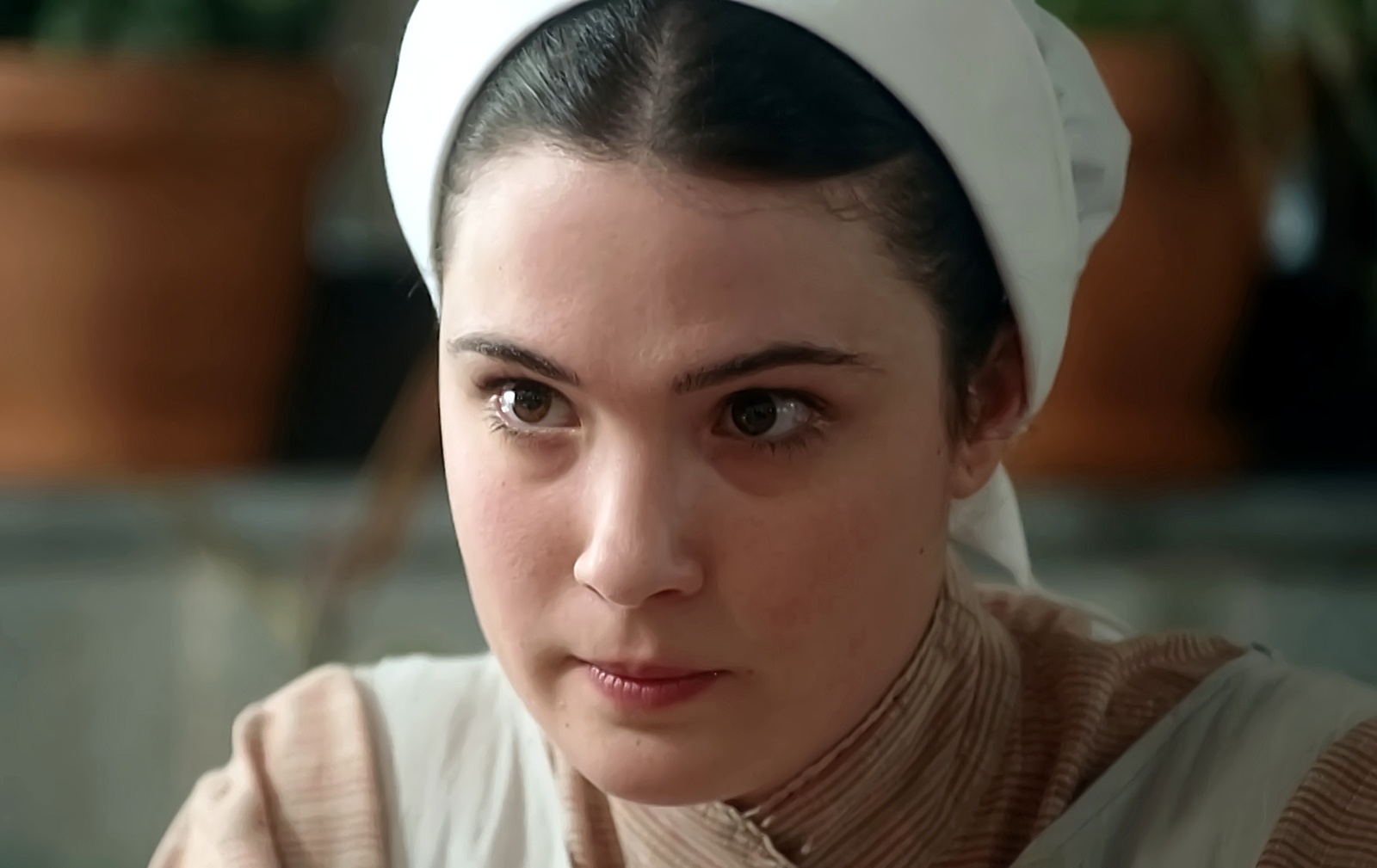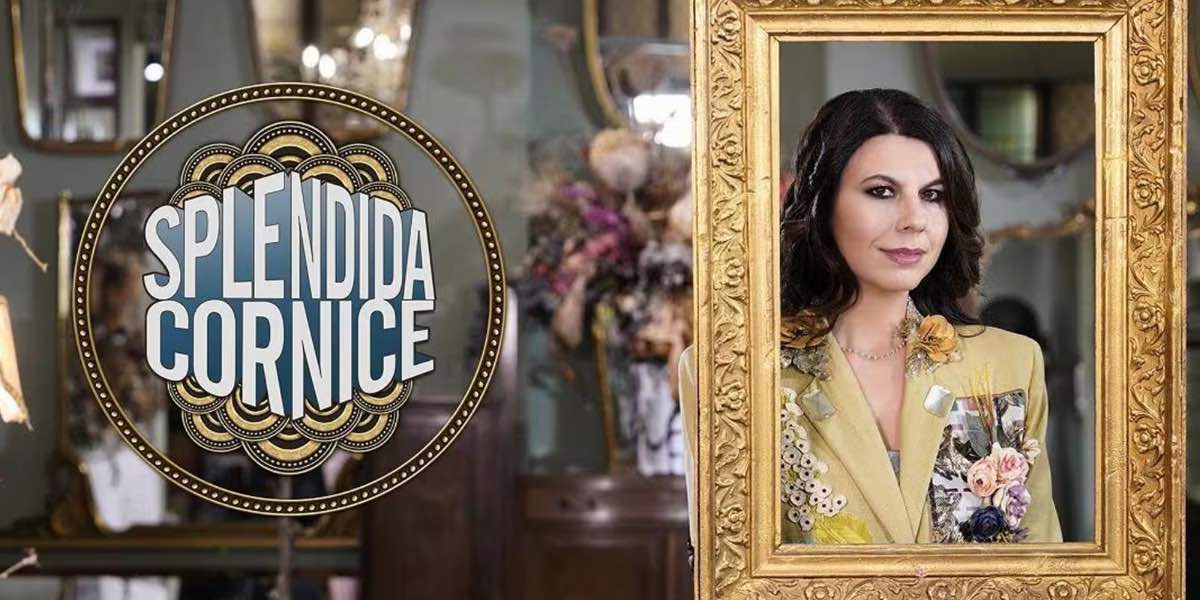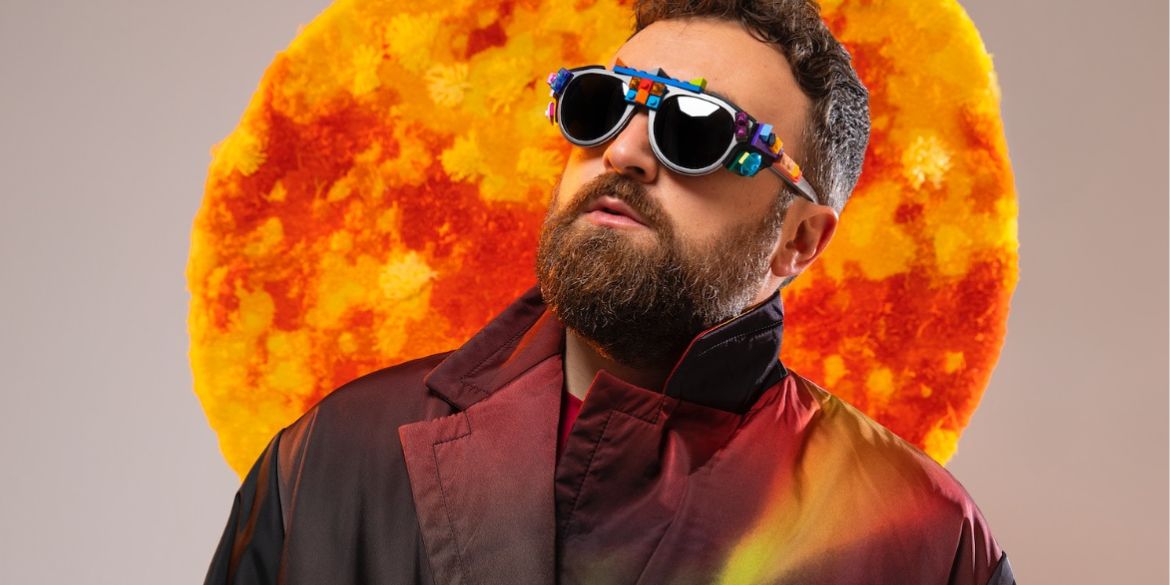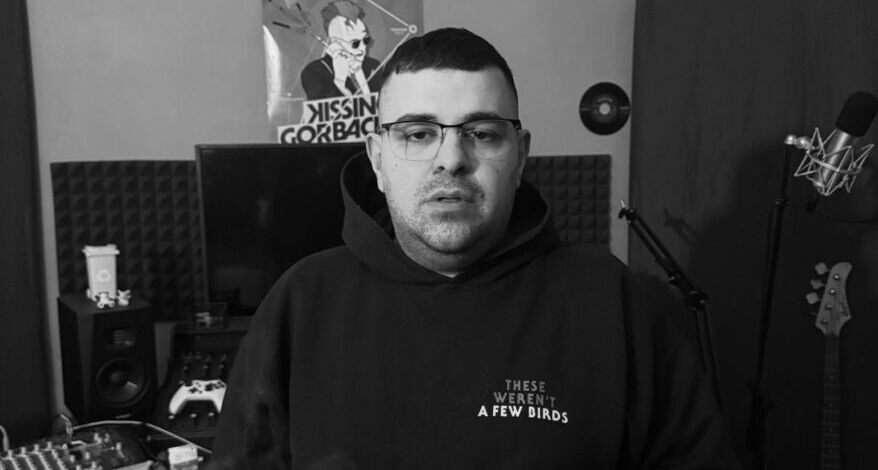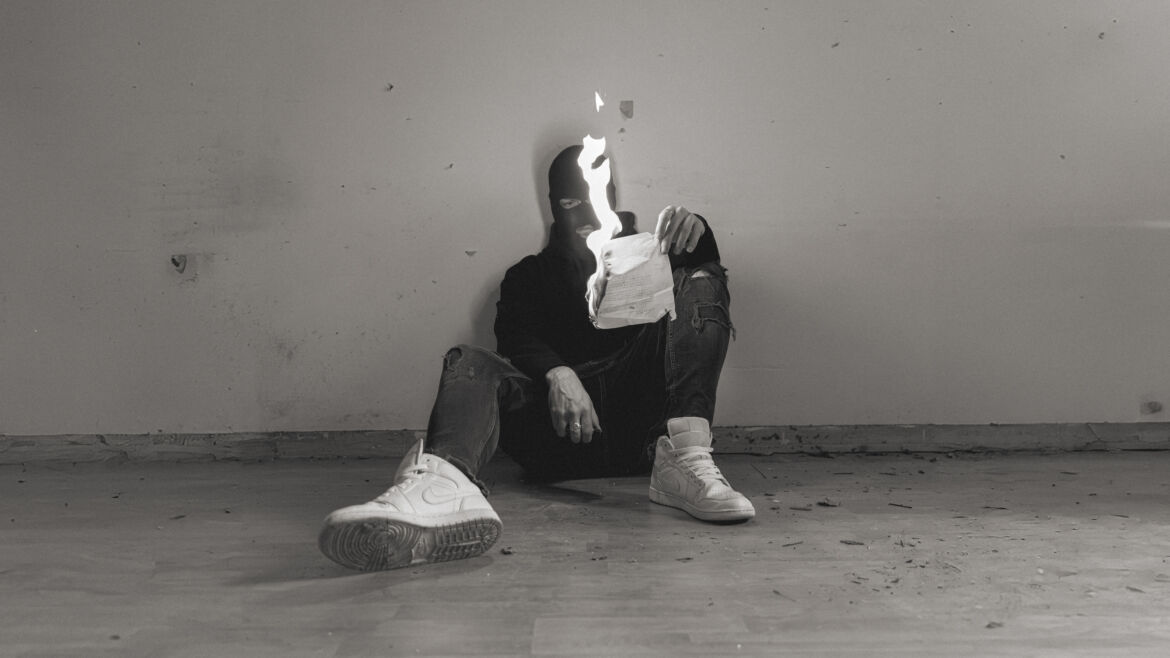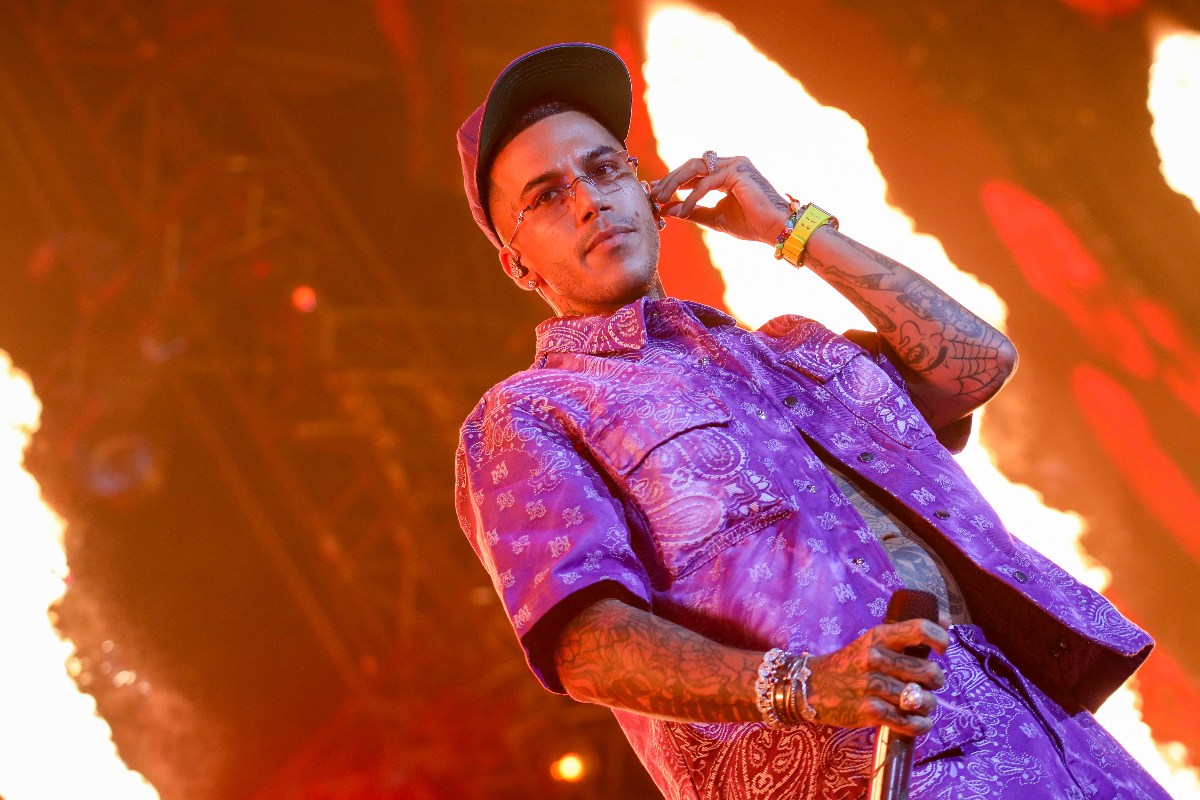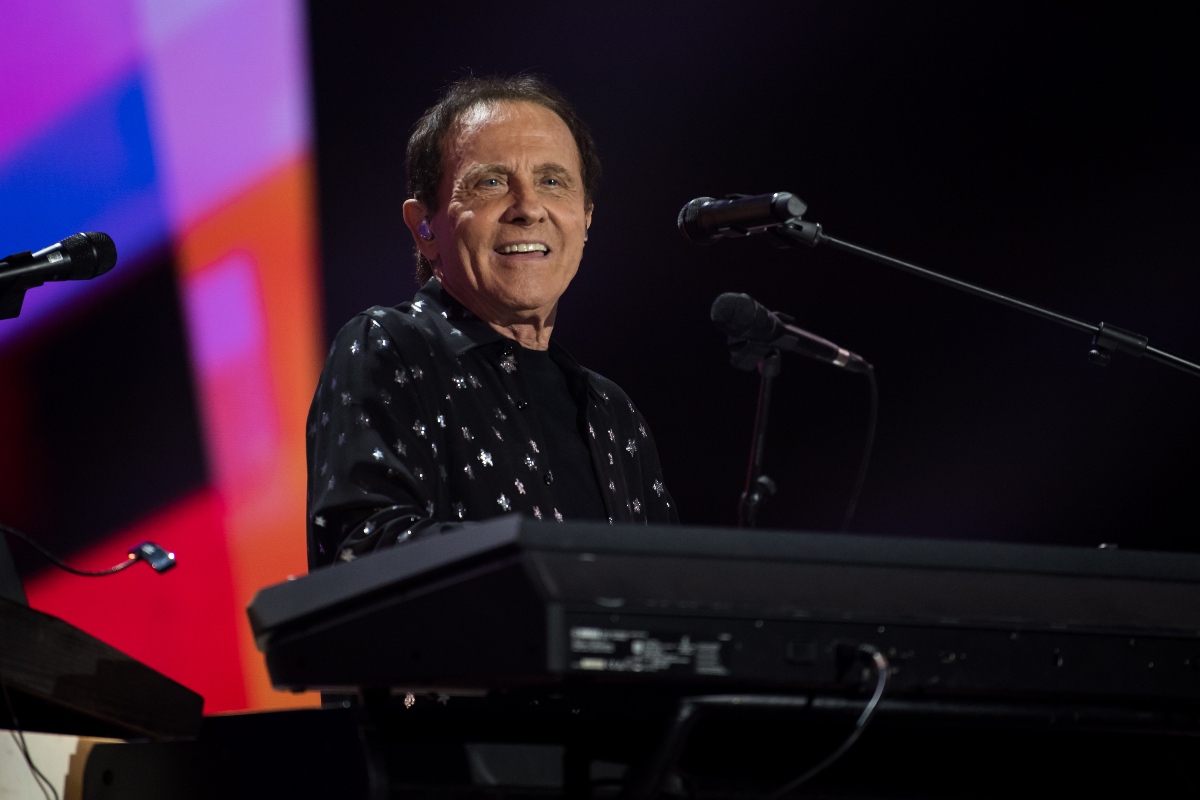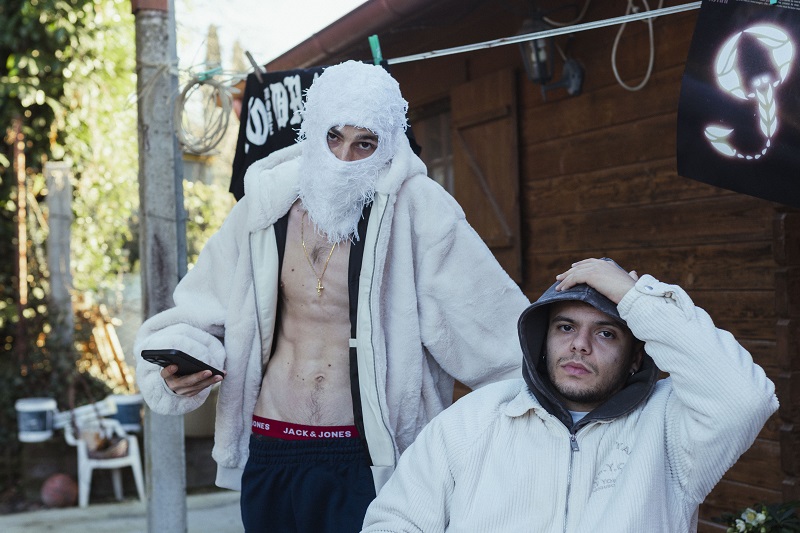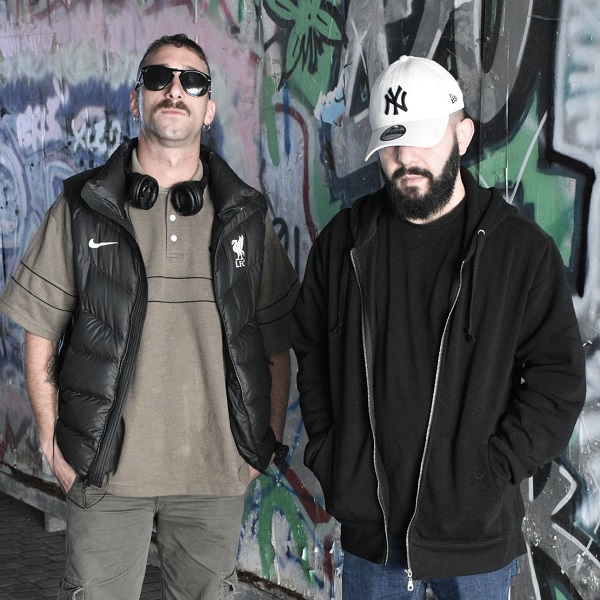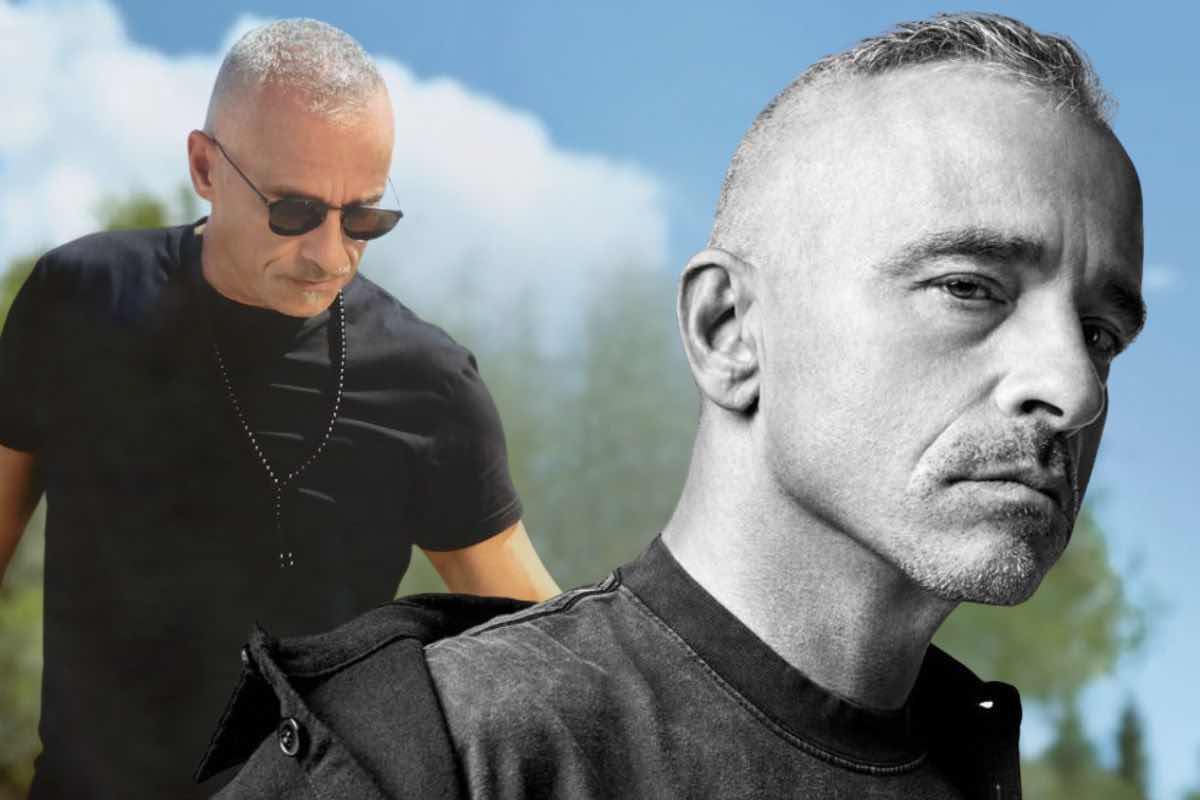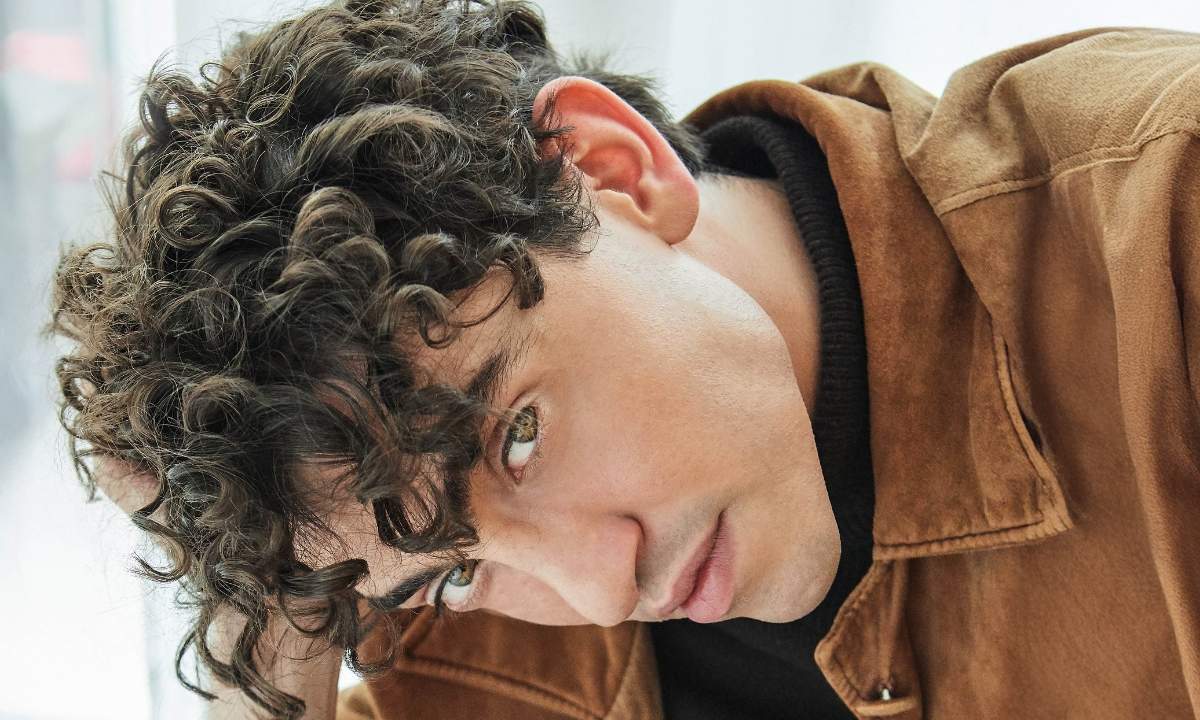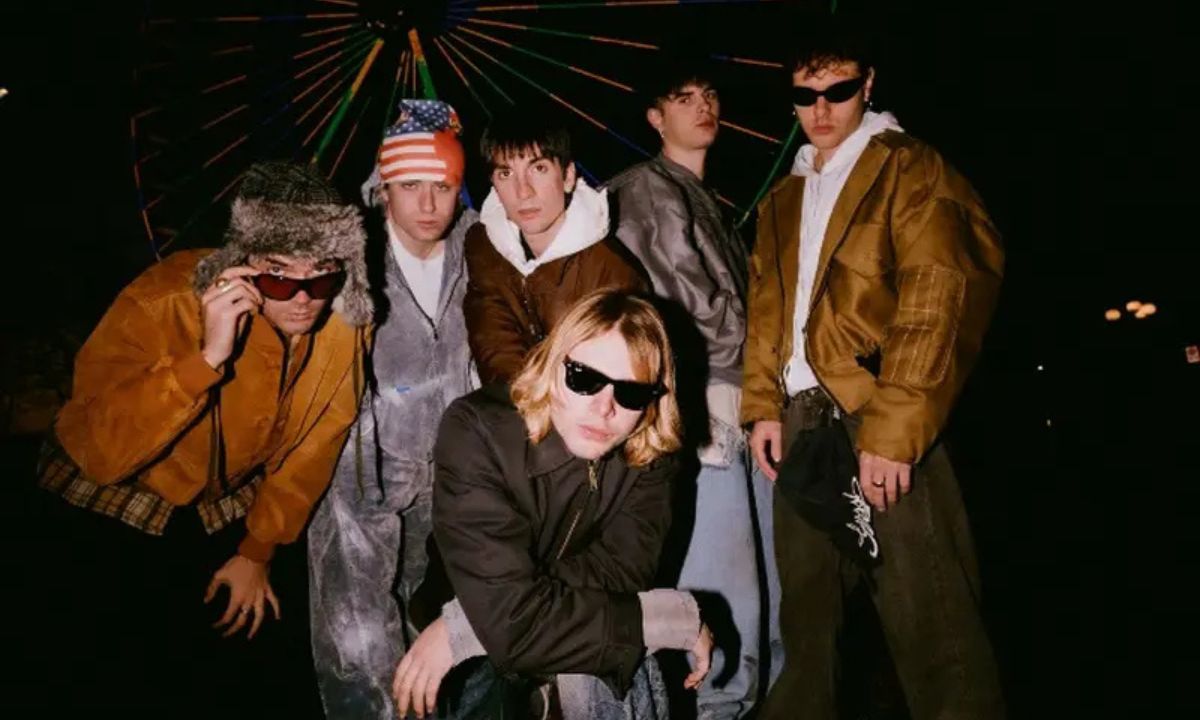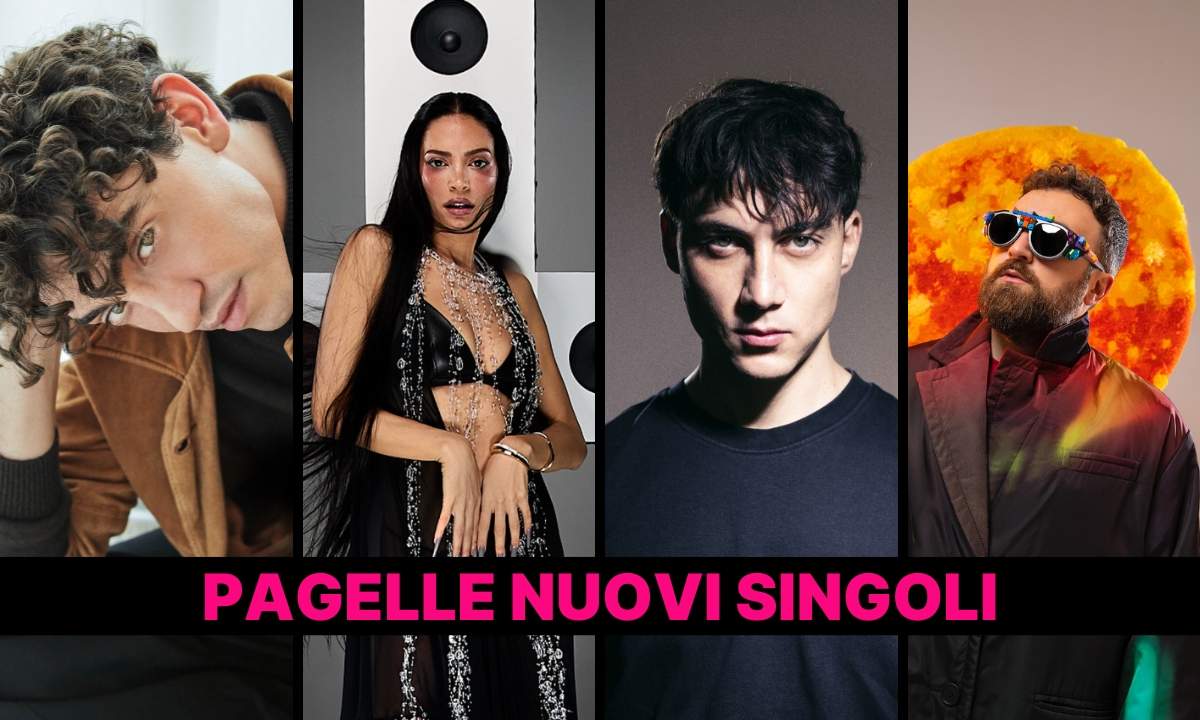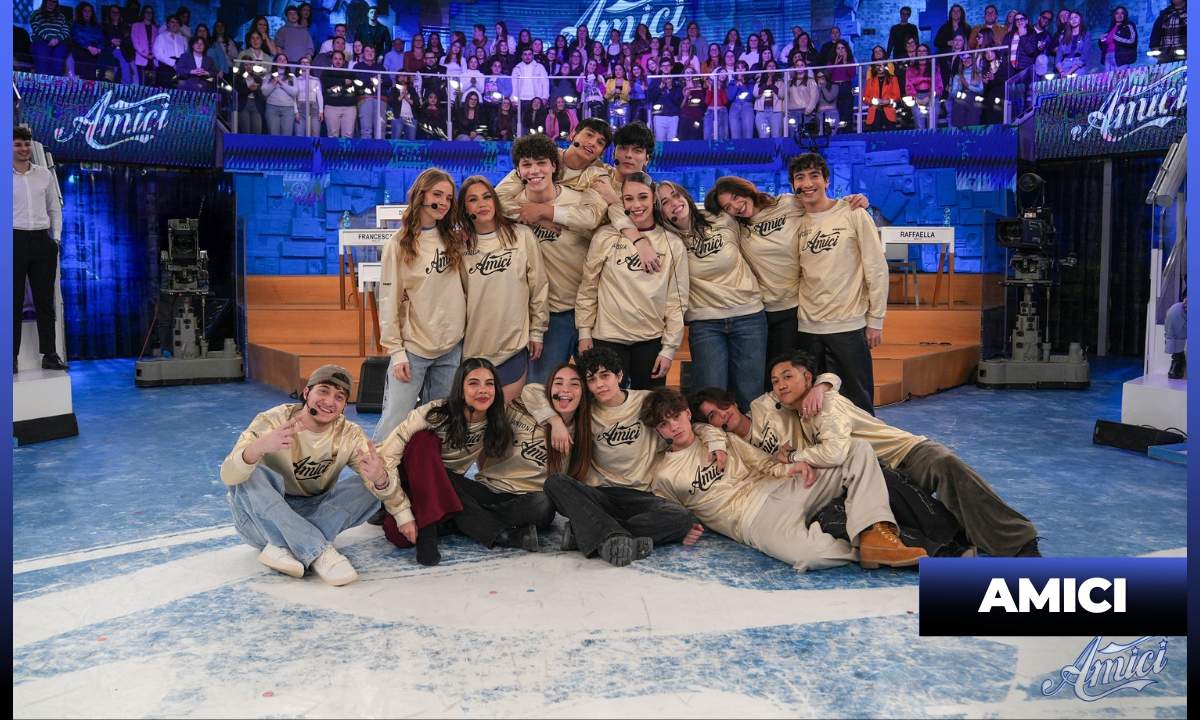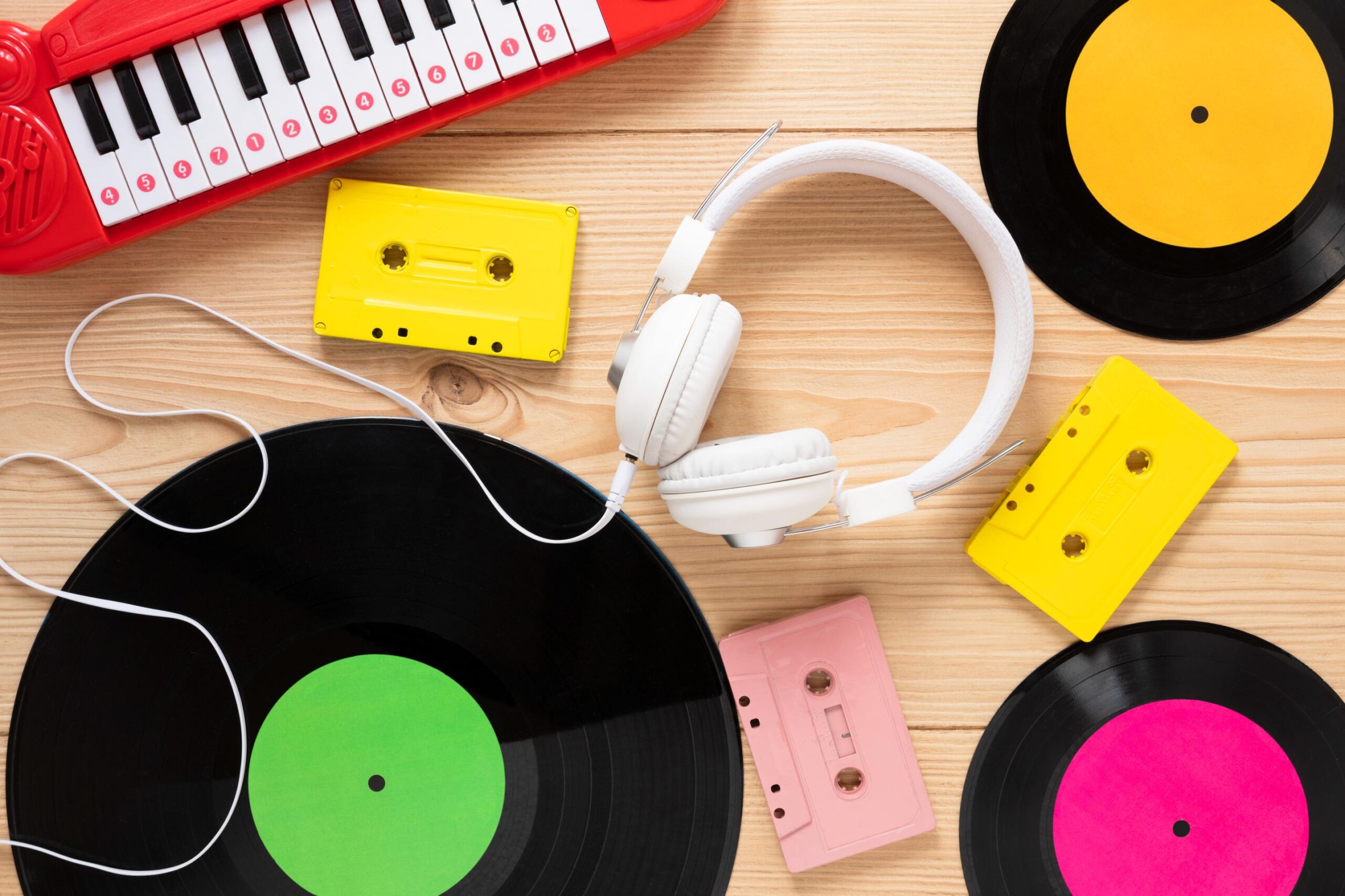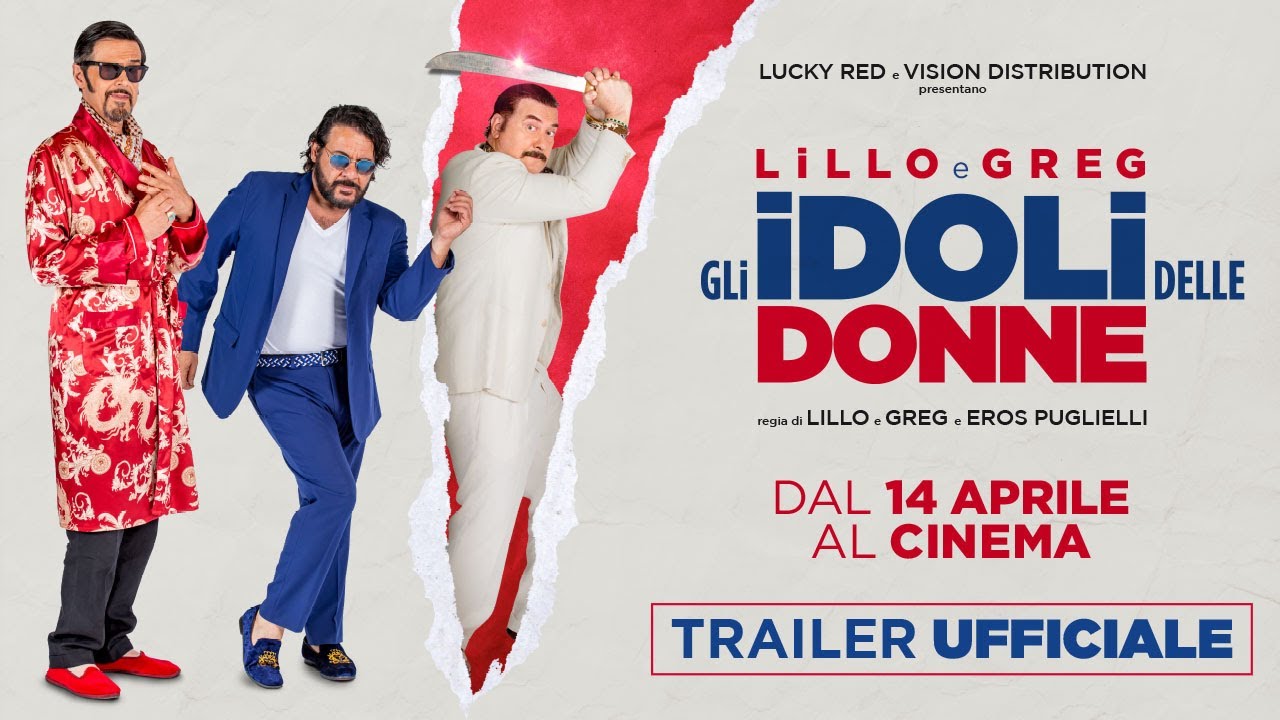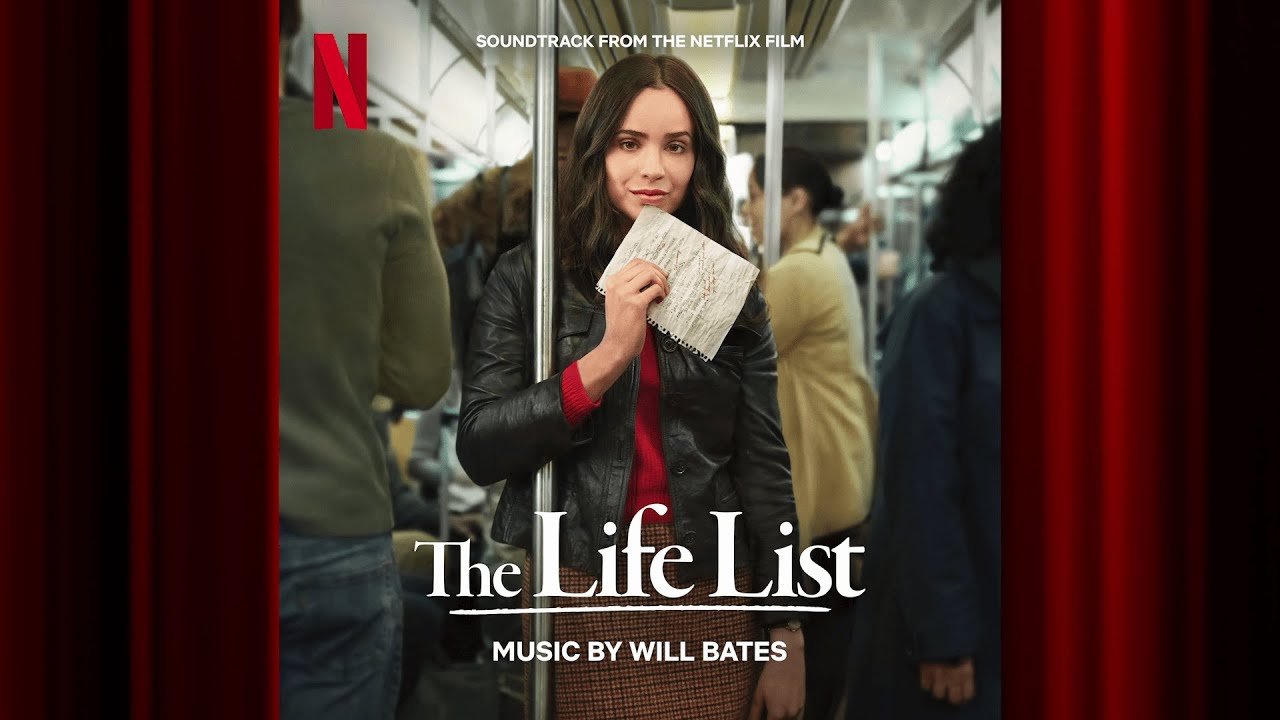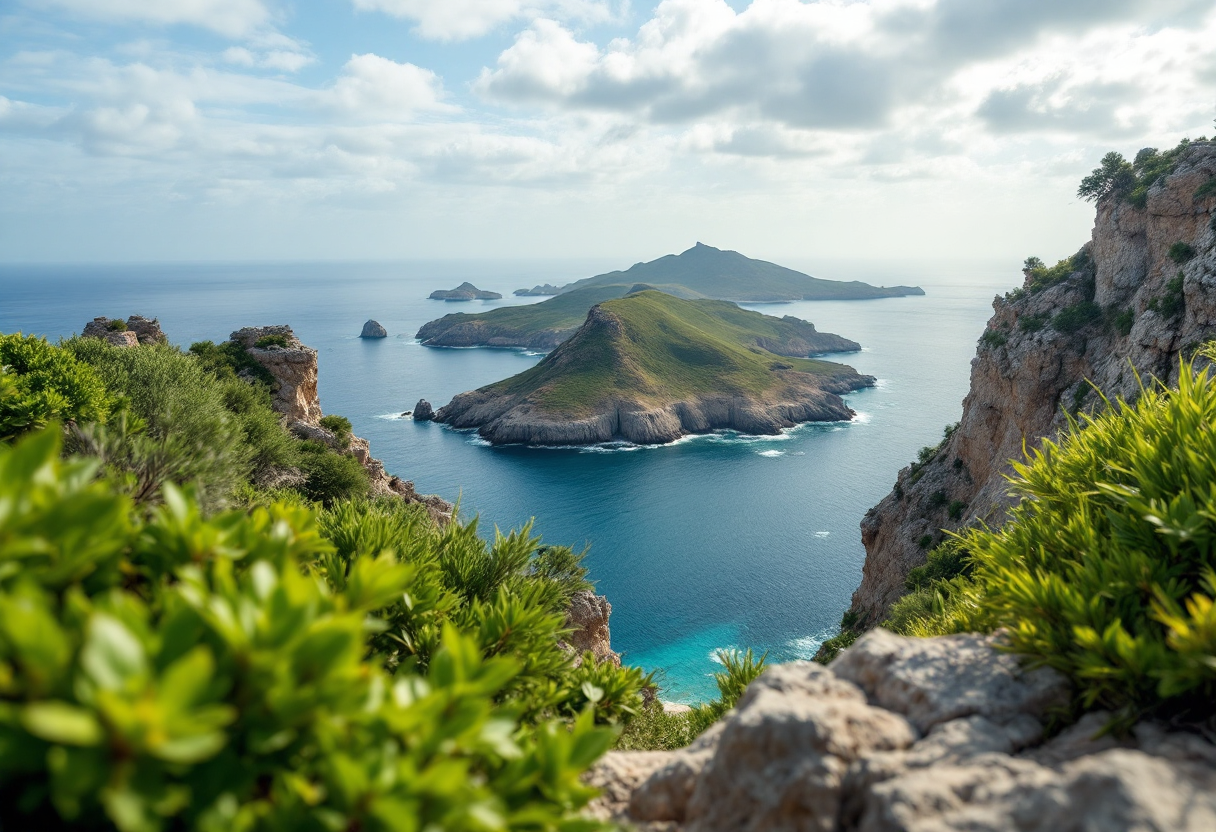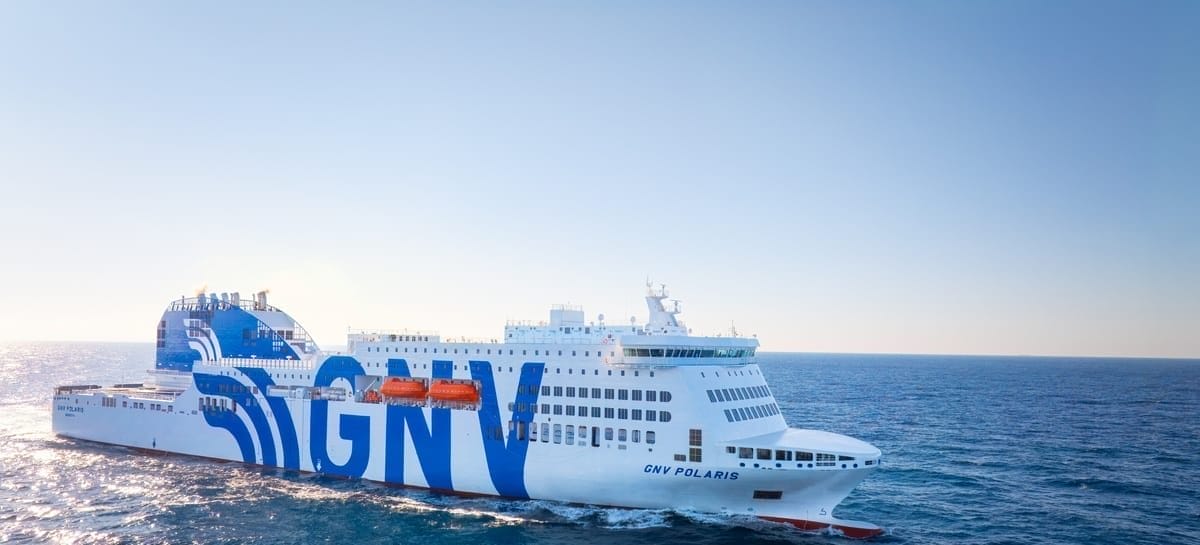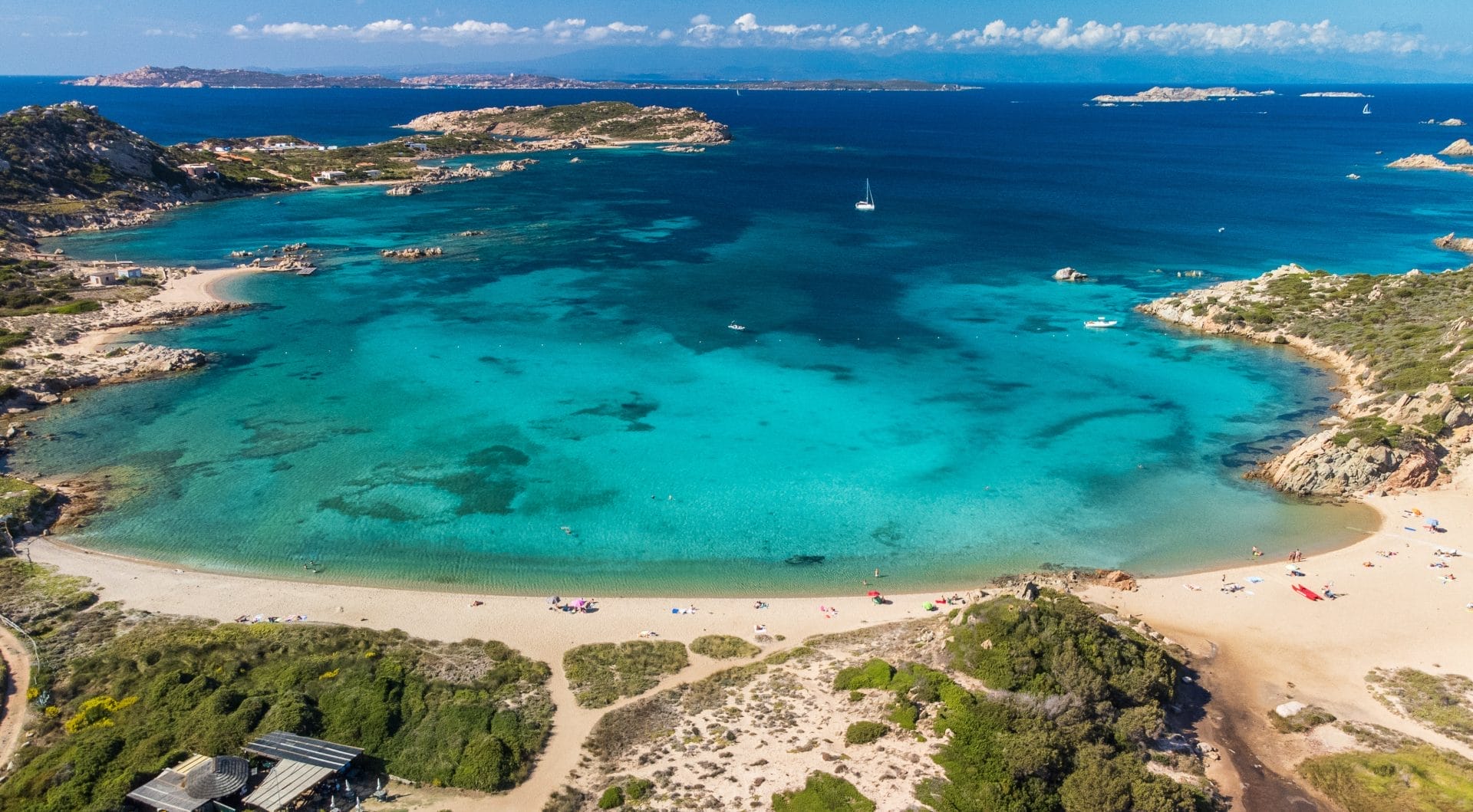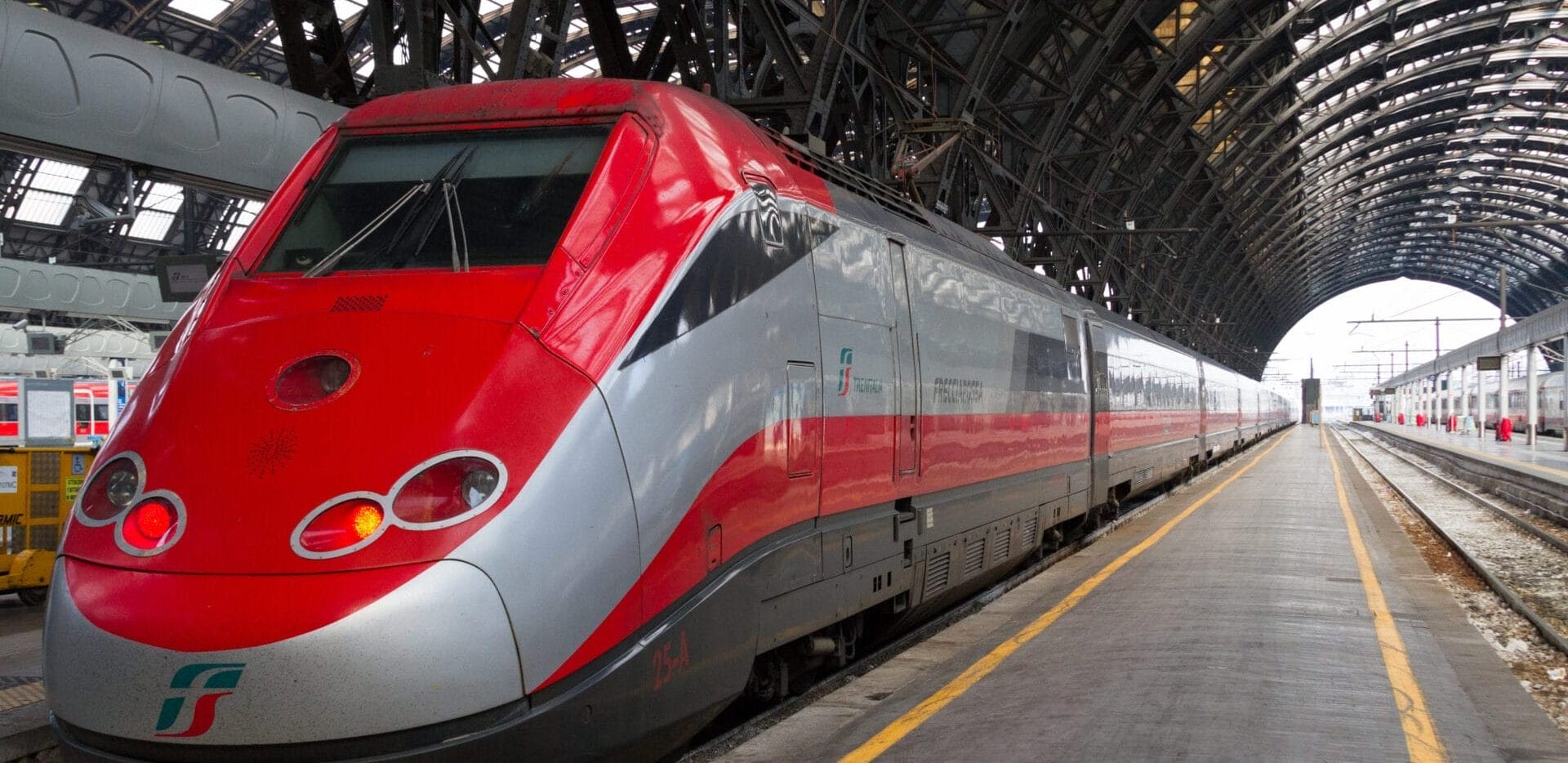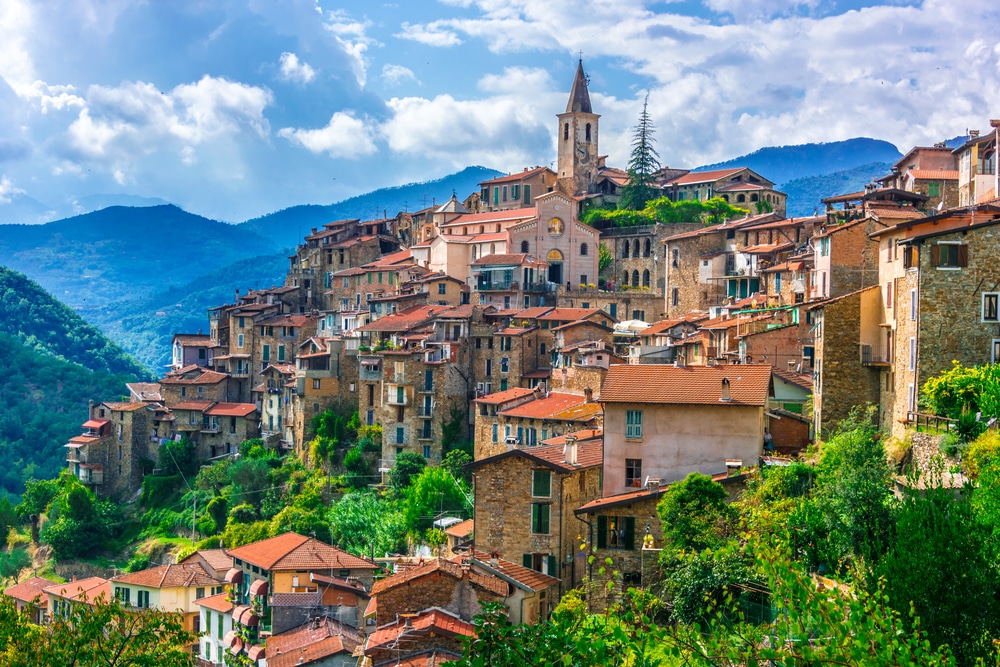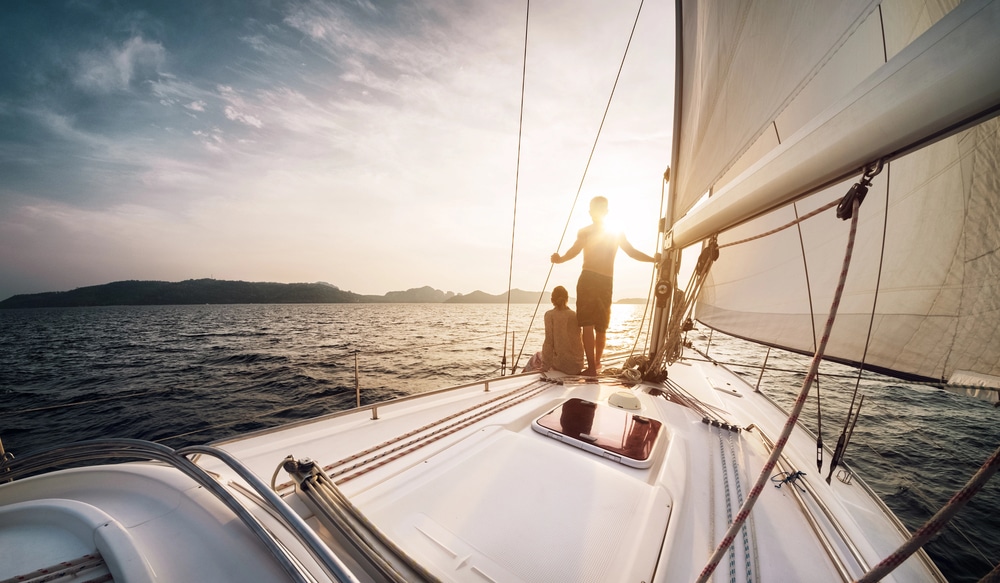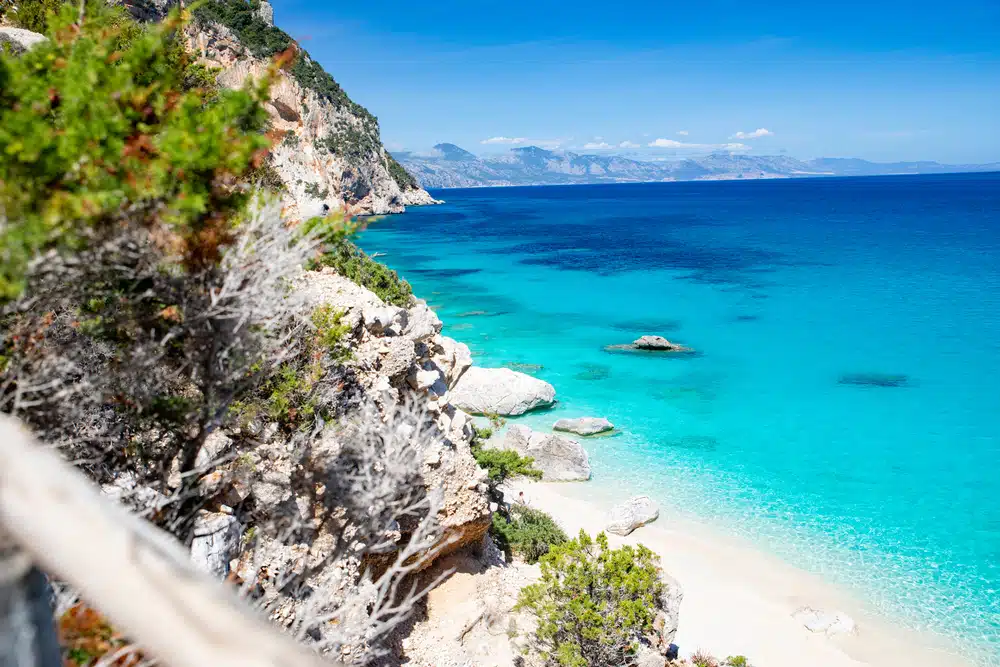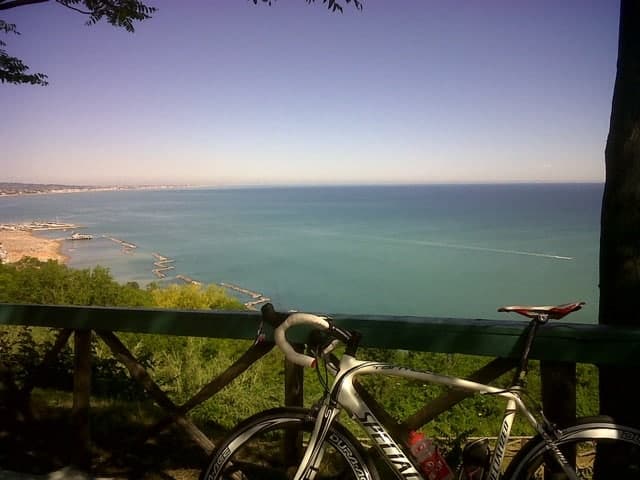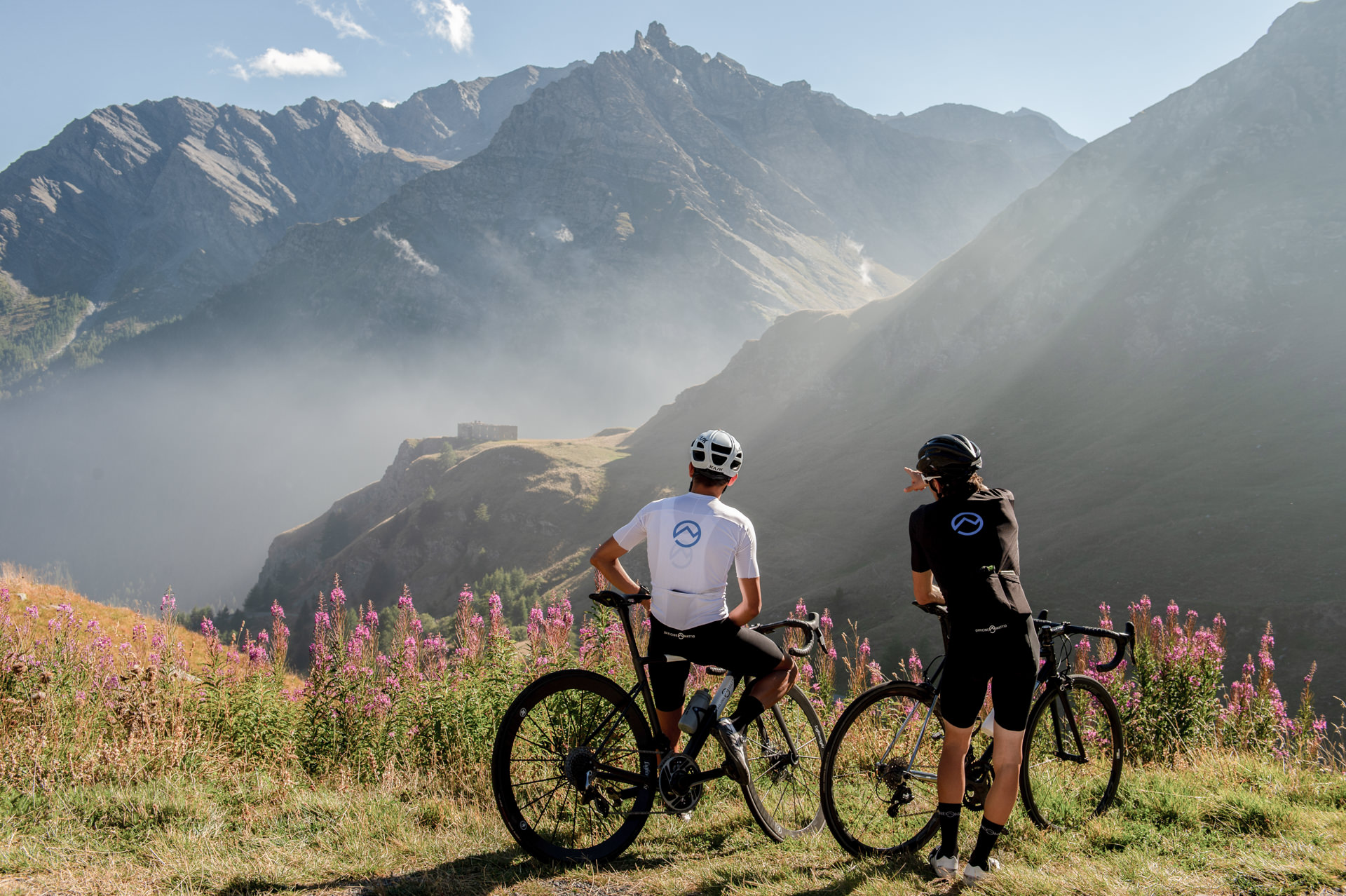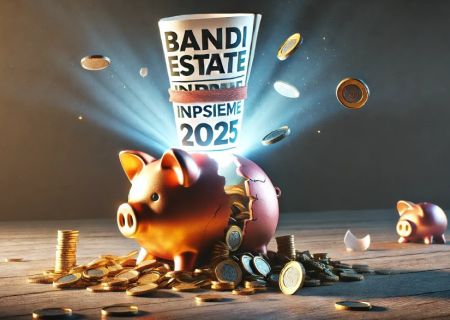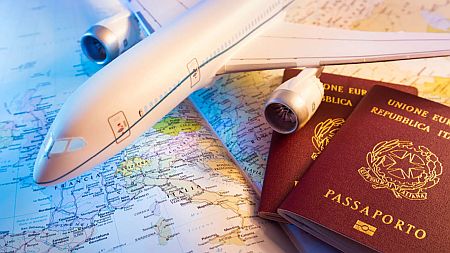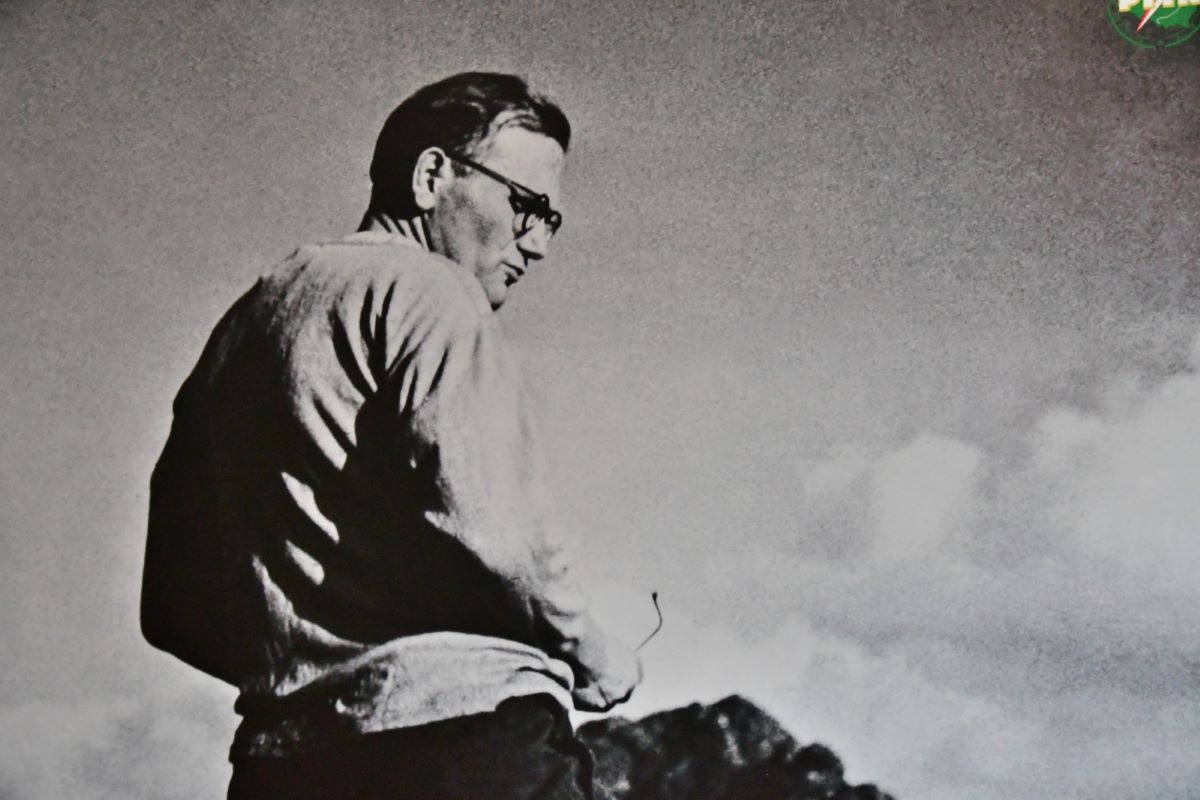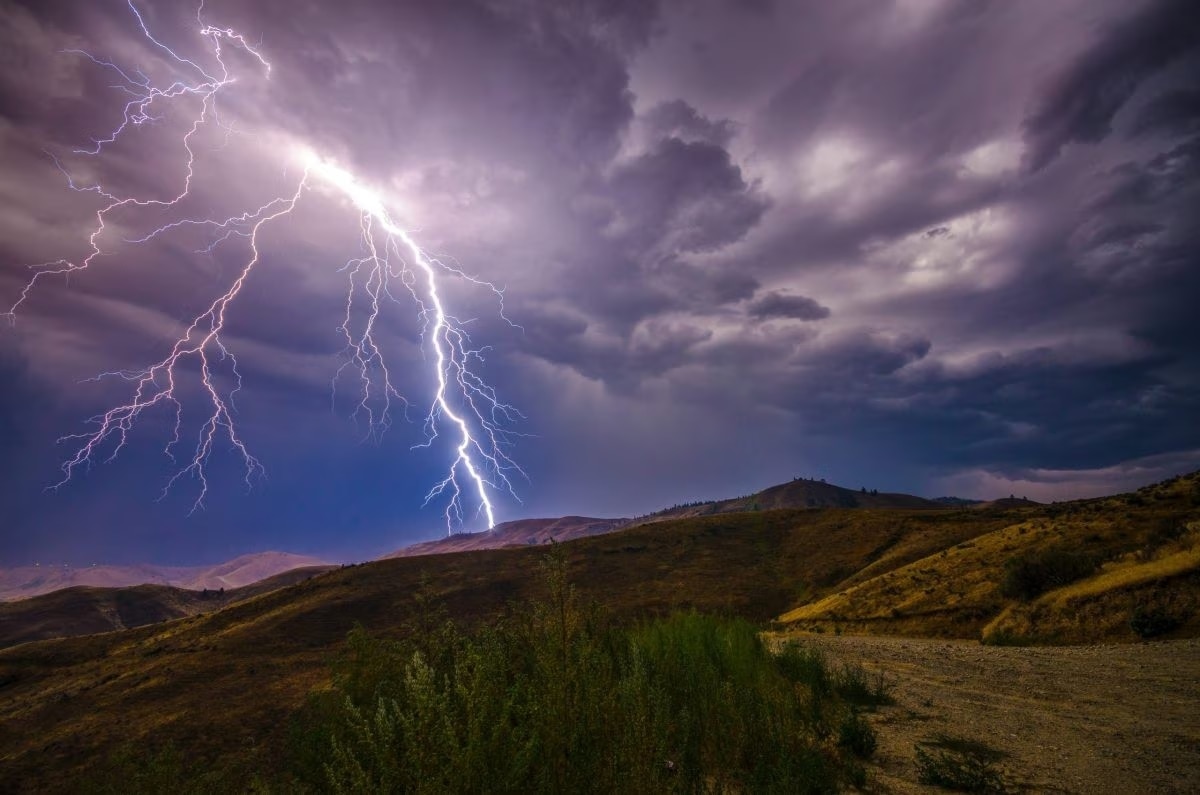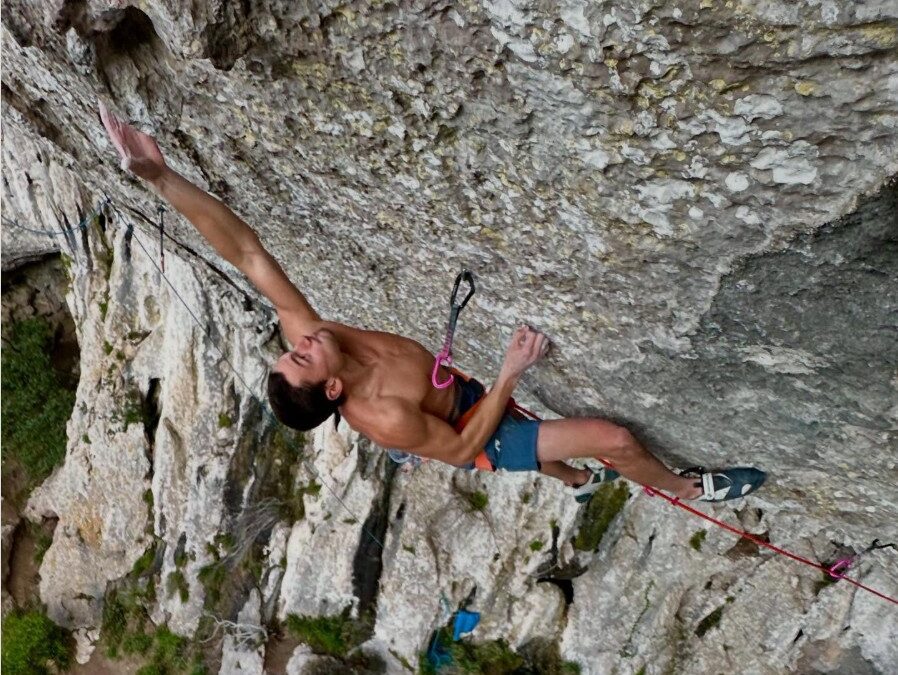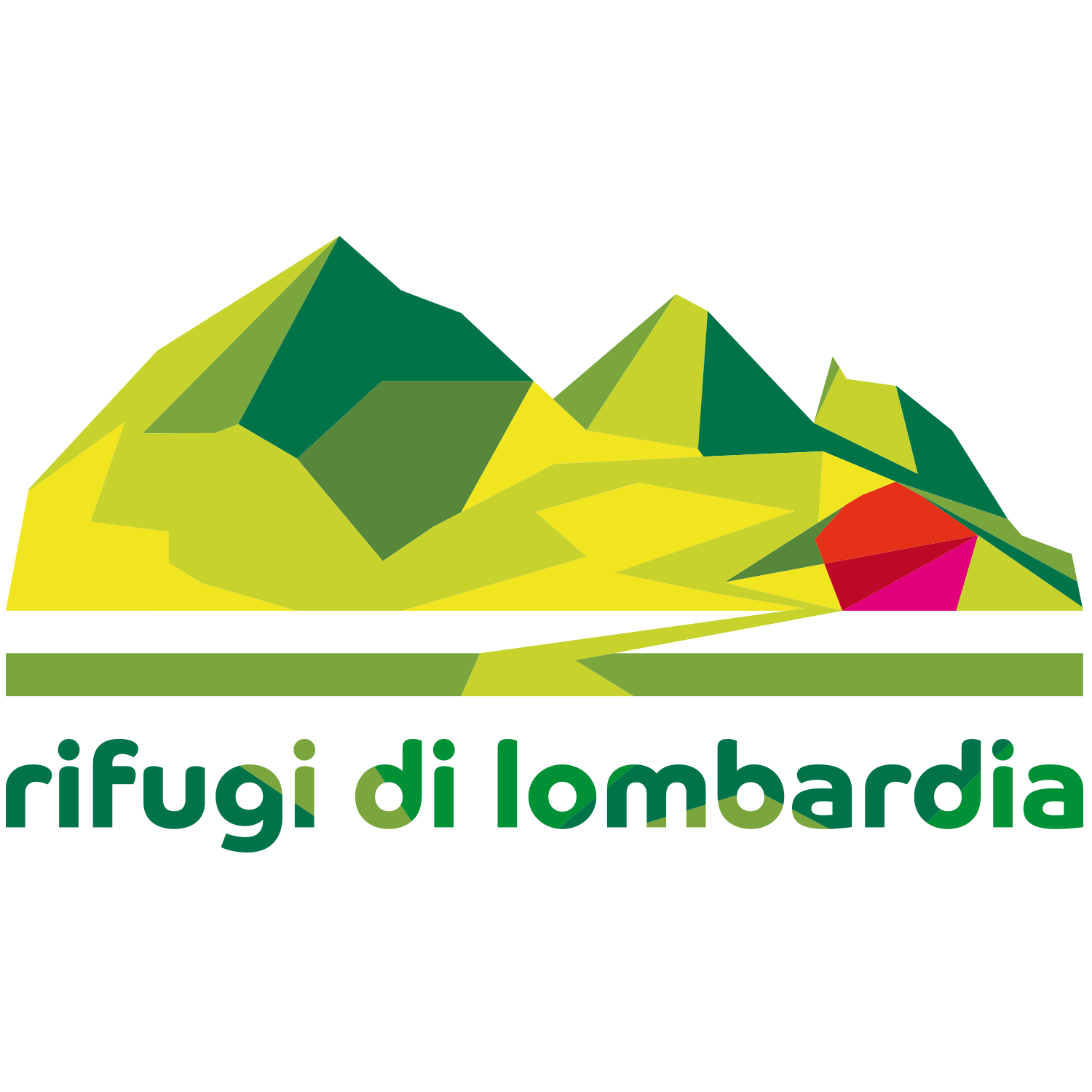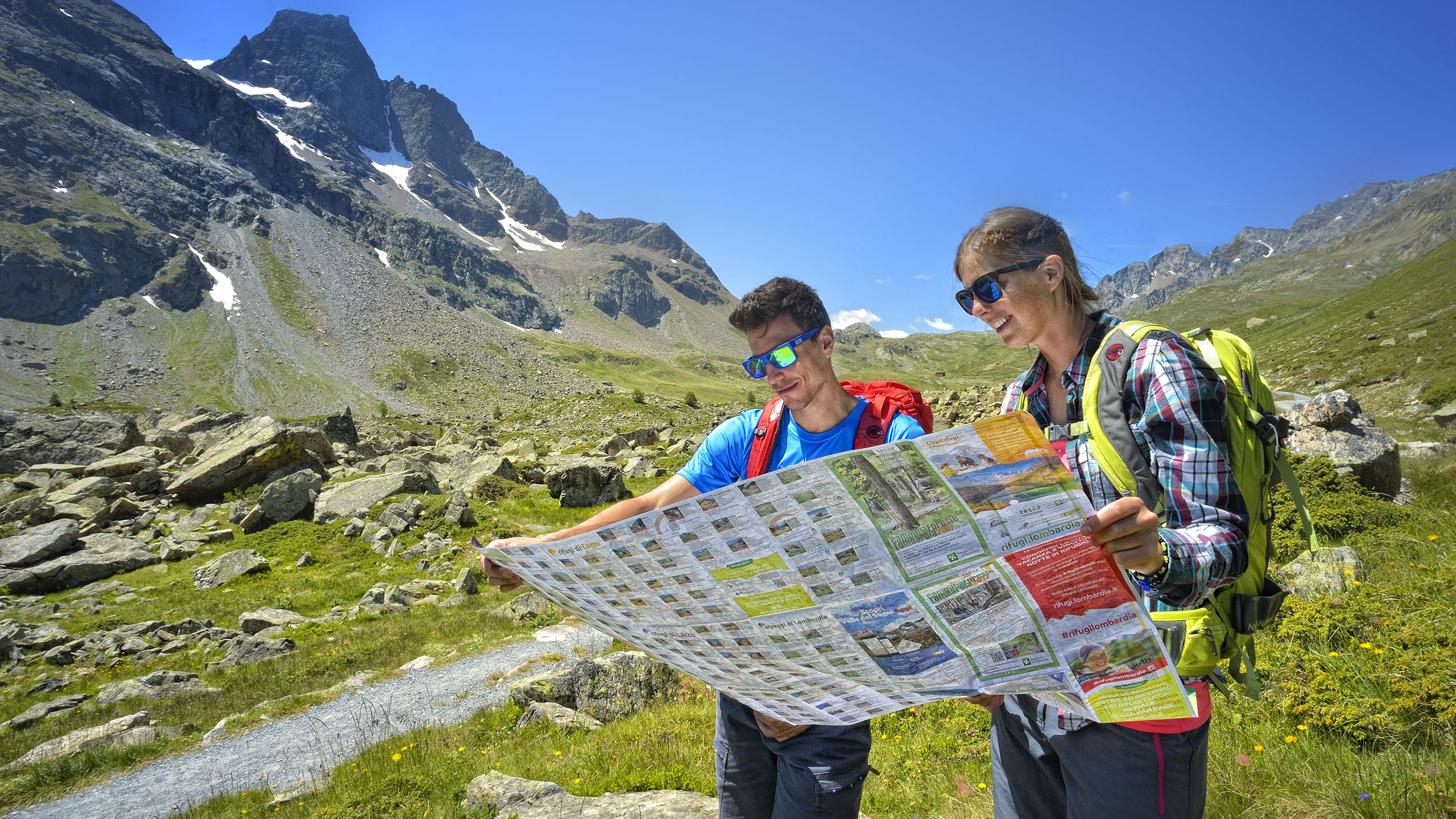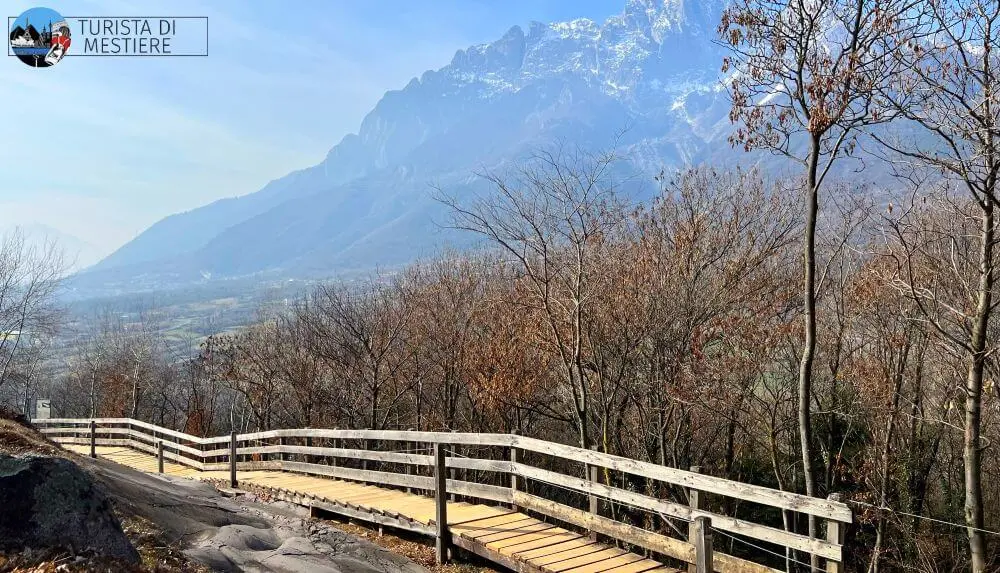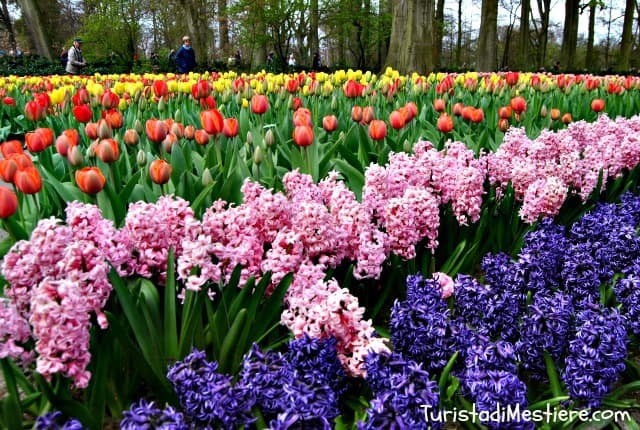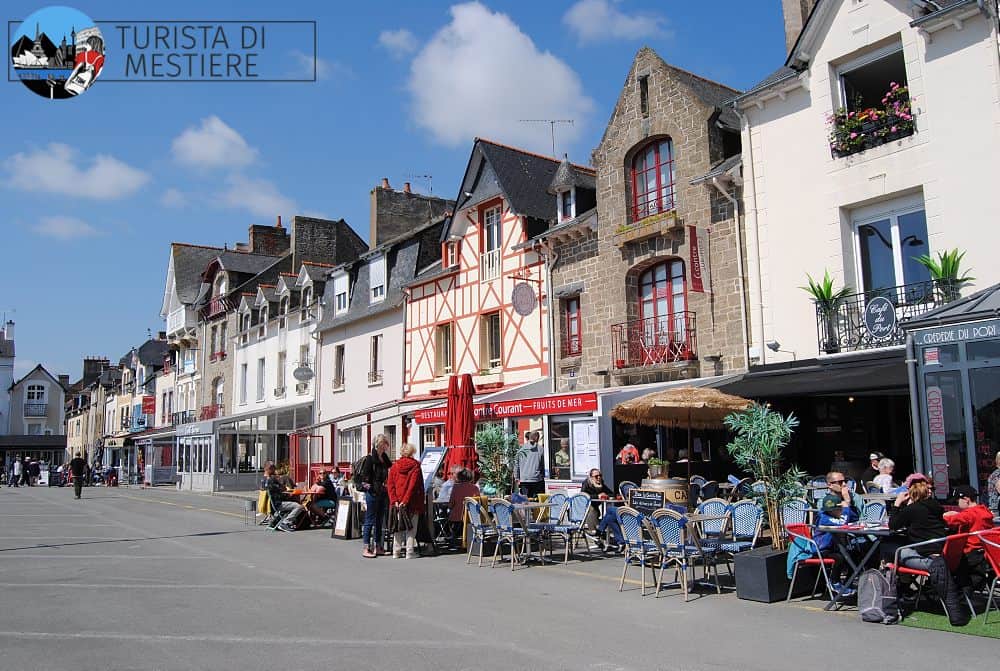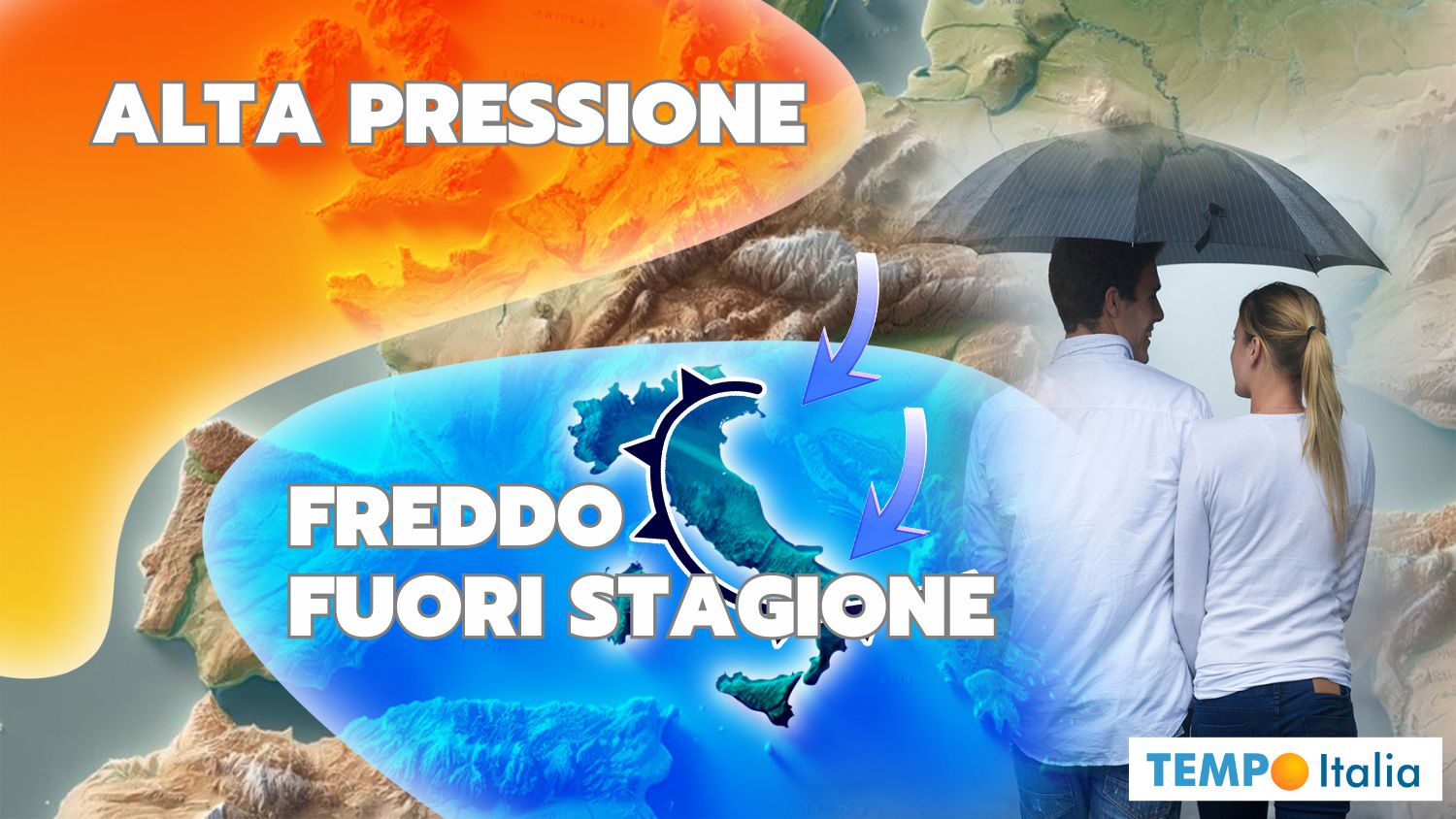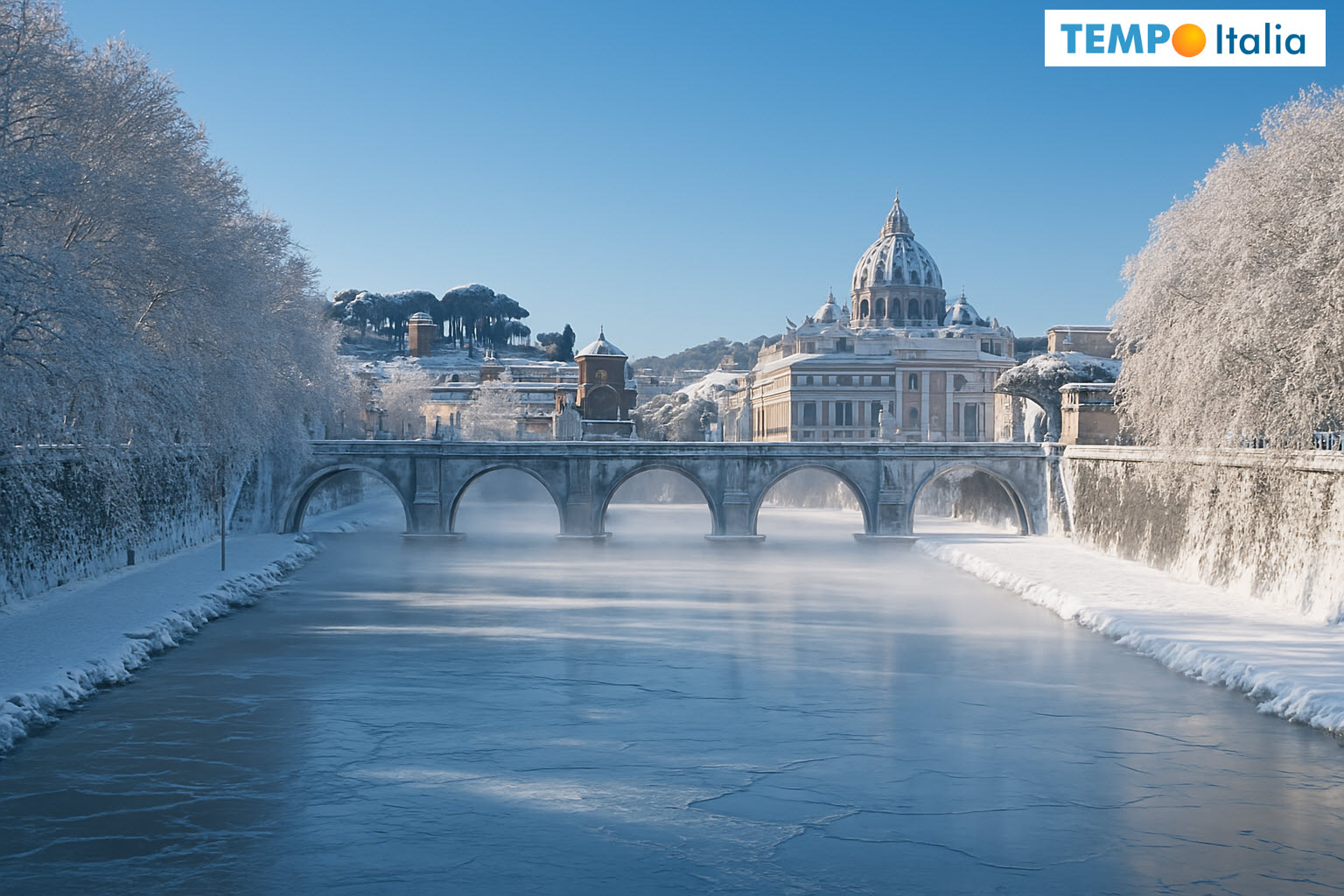Time Warp: la nostra intervista con Robin Erbinger, mente creativa del festival
Time Warp L'articolo Time Warp: la nostra intervista con Robin Erbinger, mente creativa del festival sembra essere il primo su Parkett.
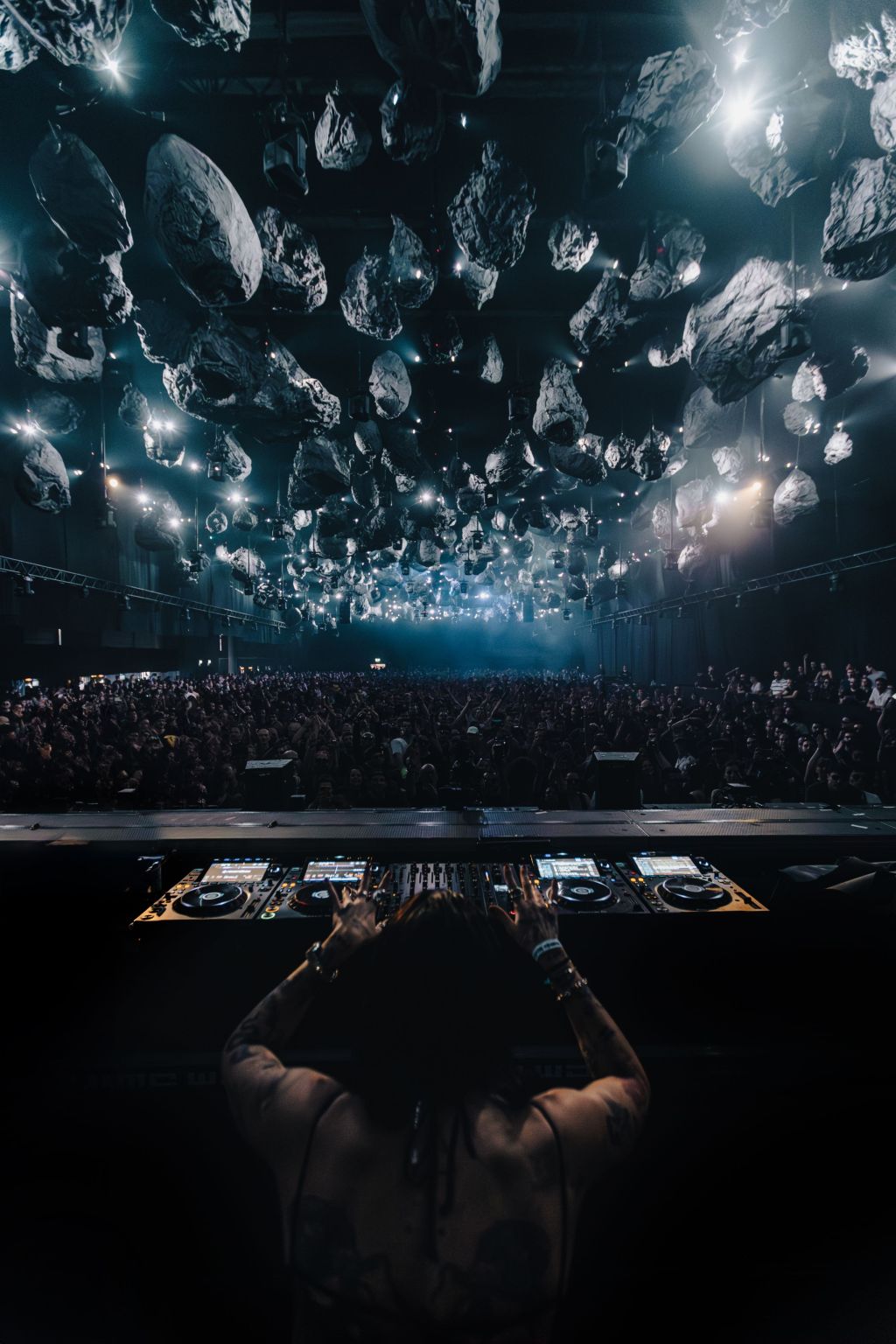
Time Warp ritorna il prossimo 5 aprile a Mannheim per la sua trentunesima edizione e in occasione di questo importante traguardo abbiamo fatto una profonda ed intensa chiacchierata con il direttore Robin Erbinger.
Time Warp rappresenta nell’ immaginario collettivo la destinazione festival per eccellenza. La forza e l’ impatto che il brand ha saputo avere, ancora prima dell’ impatto che il business dei festival ha avuto sul mercato, è stato sin dagli inizi di grandi dimensioni.
Eppure un evento così dannatamente popolare è riuscito a mantenere, nonostante le dovute innovazioni in maniera tecnologica e la crescita di quella che ormai chiamiamo con stanchezza e non mera convinzione esperienza audiovisiva, il proprio spirito: musica elettronica, nuda, pura, cruda.
A Time Warp ci sono certezze, e anche nello scommettere su nuovi artisti, più o meno underground, l’atmosfera che si respira è quella a metà tra festival e club, tra realtà e il mondo alternativo che l’ elettronica riesce ancora oggi (nonostante la smania social) inspiegabilmente a creare. Ne abbiamo parlato con Robin Erbinger di come Time Warp(alla vigilia dell’ edizione del prossimo 5 aprile) sia cambiato e Ve lo assicuriamo: è una chiacchierata che vale veramente la pena leggere.
Ciao Robin, benvenuto su Parkett Channel, è un piacere averti qui con noi. L’anno scorso, Time Warp ha raggiunto un traguardo importante: il suo 30° anniversario. Guardando indietro, hai mai pensato che il brand sarebbe cresciuto fino a diventare quello che è oggi e pensi che rimanga ancora fedele alla visione e agli ideali che volevi portare avanti quando hai iniziato?
Ciao Parkett! Sono entrato a far parte del team Time Warp un po’ più tardi, ma credo che Steffen, uno dei soci fondatori, che è ancora con l’azienda oggi, probabilmente non avrebbe mai immaginato che sarebbe cresciuto fino a queste dimensioni. All’epoca, ero coinvolto in un format concorrente, ma condividevamo tutti la stessa passione. Eravamo giovani raver, profondamente dediti alla musica elettronica, spinti dall’entusiasmo e dalla visione di creare e produrre i nostri eventi. Organizzavamo feste per amici e familiari, desiderosi di condividere la musica e le esperienze che amavamo.
All’epoca, le nostre risorse in termini di produzione, tecnologia ed esperienza erano limitate, ma il nostro entusiasmo ci ha spinto ad andare avanti. Oggi restiamo fedeli alle radici di Time Warp concentrandoci sulla musica e creando un’esperienza autentica. L’innovazione è importante, ma la tecnologia non dovrebbe mai essere fine a se stessa: dovrebbe migliorare il viaggio musicale, amplificare l’energia della folla e completare la musica. Il nostro obiettivo è rimanere connessi alla scena, evolverci continuamente e superare i confini, preservando sempre l’essenza fondamentale di Time Warp.
Nel mercato competitivo di oggi, costruire un brand solido non è un’impresa da poco e possedere un’identità riconoscibile è fondamentale. Come descriveresti l’essenza di Time Warp e come si è evoluto il concept nel corso degli anni?
L’essenza di Time Warp si è sempre concentrata sul creare un’esperienza senza pari per i veri amanti della musica elettronica. Fin dall’inizio, l’attenzione si è concentrata sulla cura delle line up, sul donare un suono di alta qualità e sulla creazione di design di dancefloor e palchi immersivi che elevano l’atmosfera generale. Non si tratta solo di organizzare un festival, ma di costruire uno spazio in cui musica, tecnologia e comunità si uniscano in perfetta armonia.
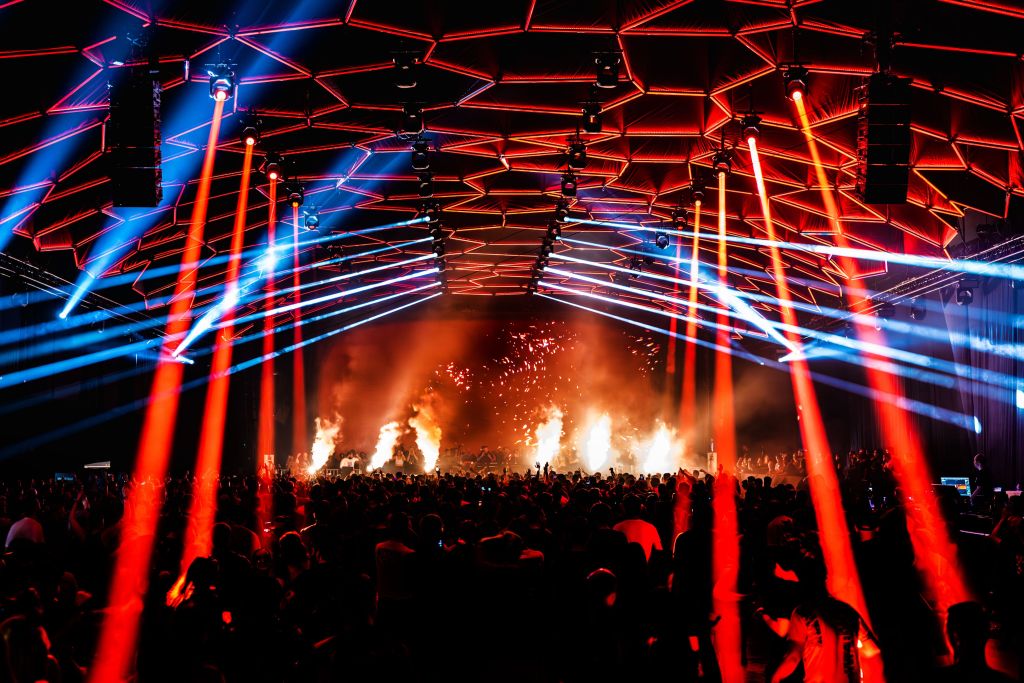
Nel corso degli anni, Time Warp si è evoluto in molti modi. Gli standard di produzione sono aumentati, gli elementi visivi e di illuminazione sono diventati più sofisticati e la portata globale si è ampliata. Ma nel profondo, il brand è rimasto fedele alle sue origini: un evento creato da persone appassionate, per persone appassionate. Mentre le tendenze della musica elettronica vanno e vengono, abbiamo sempre dato priorità alla qualità e all’autenticità rispetto all’hype. Questo è ciò che rende Time Warp unico e gli consente di mantenere la sua identità anche dopo 30 anni.
Mannheim è una destinazione chiave e parte integrante dell’identità del festival. Come avete collaborato con le istituzioni locali e come si è evoluto il vostro rapporto con le autorità locali nel tempo?
Mannheim è sempre stata il cuore di Time Warp e il nostro legame con la città è profondo. Il nostro rapporto con le autorità si è evoluto in modo significativo. Nei primi tempi, gli eventi di musica elettronica erano spesso accolti con scetticismo, ma nel tempo abbiamo creato fiducia attraverso professionalità e trasparenza. Oggi lavoriamo a stretto contatto con la città per garantire che Time Warp continui a crescere nel rispetto dell’ambiente e della comunità locale. Collaboriamo anche con le attività commerciali locali, dagli hotel ai ristoranti, che beneficiano dell’impatto economico del festival. Oltre a ciò, stiamo rafforzando la reputazione della città come centro per la musica elettronica e l’innovazione.
Per questa 31a edizione, accanto a nomi leggendari, vediamo talenti emergenti e set B2B inediti. Come ti approcci alla cura di una scaletta e qual è il bilancio tra nomi affermati ed artisti che portano nuove prospettive sonore? E quando si tratta di perfomance B2B sei tu a proporre gli artisti coinvolti?
Curare la line up di Time Warp significa bilanciare leggende con nuovi talenti, assicurando un mix di storia, innovazione ed energia. Siamo fortunati ad avere un team di booking dedicato ed esperto che è profondamente radicato nella scena della musica elettronica. Sono costantemente alla ricerca di nuovi talenti, ascoltano nuovi suoni e restano in contatto con le ultime tendenze, tenendo sempre a mente l’essenza del festival. Per le esibizioni B2B, è un mix: alcuni artisti portano le proprie idee, mentre noi suggeriamo anche abbinamenti che crediamo possano creare qualcosa di speciale. Un grande set B2B non riguarda solo il suonare insieme; riguarda la sinergia, il contrasto e la creazione di un’esperienza unica per il pubblico.
Il design gioca un ruolo fondamentale, con innovazioni tecnologiche che integrano perfettamente elementi visivi e ambientali sorprendenti nell’ambiente. Come sviluppate questi aspetti e come è cambiato il processo d’ideazione di un’esperienza audiovisiva immersiva che si abbini alla musica?
Consideriamo gli elementi visivi, l’illuminazione e la scenografia come estensioni della musica, elementi che migliorano piuttosto che sopraffare l’esibizione. Il nostro direttore tecnico, Anatol Fried, svolge un ruolo cruciale in questa visione. È incredibilmente creativo e ha costruito una rete internazionale di designer e artisti visivi di talento che aiutano a modellare le esperienze uniche sul pavimento che definiscono l’atmosfera di Time Warp. Ogni design è guidato da un’idea distinta; non è solo un elemento funzionale, ma un’impresa creativa in sé.
L’obiettivo è catturare i partecipanti trasformando le sale in zone di esperienza immersive, dove ogni elemento, dall’illuminazione ai materiali, contribuisce a una fusione avvincente di luce, colore e forma. Integrando perfettamente effetti, tessuti, elementi naturali come il legno, materiali diversi e tecnologia video, possiamo trasformare ogni angolo del dancefloor in un’atmosfera attentamente curata. La sinergia tra artisti del festival, light jockey, artisti video, suono e spazio crea un’esperienza molto più intensa e coinvolgente.
Ciò che distingue davvero Time Warp è la sua natura maratoneta, che riesce a inventare un mondo alternativo autonomo per un giorno intero, rompendo le nozioni convenzionali di spazio e tempo. Quanto è importante questo distacco dal mondo esterno per Time Warp? E nel panorama odierno, ritieni che andare in un club possa ancora fungere da via di fuga, o quali misure dovrebbero essere prese per preservare questo aspetto?
Carl Cox una volta disse: “Time Warp è per il lungo raggio, non per il breve raggio”. Il party non riguarda solo la musica, anche se questa è la sua essenza. Si tratta anche di creare spazi immersivi, motivo per cui abbiamo investito così tanta energia nella progettazione della pista. Time Warp è un mondo a sé stante, dove i partecipanti possono allontanarsi dalla loro solita routine e immergersi in qualcosa di più grande. Questo senso di fuga è fondamentale perché consente una connessione più profonda con la musica e l’atmosfera. Nel mondo frenetico di oggi, credo che andare in un club possa ancora offrire quella via di fuga, ma richiede uno sforzo intenzionale.
Dobbiamo creare spazi in cui le persone possano lasciarsi alle spalle le distrazioni, in particolare quelle digitali, e concentrarsi interamente sull’esperienza. I club hanno sempre svolto un ruolo essenziale nel nutrire la scena dalle fondamenta, consentendo alle persone di scoprire nuova musica e nuovi talenti. Per molti artisti, i club sono stati una scuola fondamentale per sviluppare il proprio stile, imparare a suonare, intrattenere le persone e raccontare una storia che si sviluppa, piuttosto che limitarsi a sfornare tracce che funzionano sui grandi palchi dei festival.
Se dovessi scegliere tre set che sono stati fondamentali e veramente emblematici di Time Warp nel corso degli anni, quali sarebbero?
Il primo è Richie Hawtin – Time Warp 2005 a Mannheim: Questo set è stato iconico. È stato registrato e in seguito è diventato la base per l’album DE9 Transitions, che includeva anche un video bonus di Time Warp. Ha catturato perfettamente l’essenza dell’evento e la visione di Hawtin all’epoca. il secondo è stato Seth Troxler – Il suo primo show al Time Warp Mannheim, 2011: Questo è stato un momento eccezionale. Il debutto di Seth al Time Warp, l’energia che ha portato quell’anno ha risuonato profondamente nella folla ed è diventata parte dell’eredità del Time Warp.
Per ultimo direi i Golfos – Dennis Cruz e Pawsa B2B al Time Warp US, 2023: questo set back-to-back è stato un vero momento clou. La performance dinamica di Dennis Cruz e Pawsa ha catturato l’essenza del sound del Time Warp, mescolando groove profondi e momenti ad alta energia. È stato uno spettacolo eccezionale al Time Warp US e ha messo in mostra la capacità del festival di evolversi e presentare nuovi entusiasmanti talenti.
Negli ultimi anni, il Time Warp si è espanso, raggiungendo nuove città e affermandosi come un marchio globale. Quali sono i tuoi obiettivi futuri e come immagini che il Time Warp si evolverà nei prossimi cinque anni?
Continueremo a fare ciò che sappiamo fare meglio: far ballare la gente. Stiamo attualmente preparando un’altra città/edizione che verrà svelata presto. Siamo entusiasti per la nostra seconda edizione del Time Warp Spain e siamo fiduciosi che saremo in grado di far crescere significativamente l’evento lì. A maggio, avremo la nostra prima presentazione sul palco all’EDC di Las Vegas, dove ospiteremo la domenica sera al Neon Garden. Stiamo anche valutando nuovi mercati mentre continuiamo a far evolvere il marchio.

ENGLISH VERSION
Time Warp is back in Mannheim on April 5th for its 31st edition, and to celebrate this milestone, we had a deep and insightful chat with its director, Robin Erbinger.
For many, Time Warp is the ultimate festival experience. Its influence and impact have been massive from the start, even before the festival scene truly took off in the industry.
Such a damn popular event has managed to maintain, despite due innovations in a technological manner and the growth of what we now call with weariness and not mere conviction audiovisual experience, its spirit: electronic music, naked, pure, raw.
At Time Warp there are certainties, and even in betting on new artists, more or less underground, the atmosphere you breathe is that halfway between festival and club, between reality and the alternative world that electronics still manages (despite the social frenzy) inexplicably to create. We spoke with Robin Erbinger about how Time Warp (on the eve of the next edition on 5 April) has changed and we assure you: it is a chat that is truly worth reading.
Hi, welcome to Parkett Channel, it’s a pleasure to have you here with us. Last year, Time Warp hit a major milestone—its 30th anniversary. Looking back, did you ever think the brand would grow into what it is today? And do you feel it still stays true to the vision and ideals you had when you first started?
I joined the Time Warp team a bit later, but I believe that Steffen, one of the founding partners—who is still with the company today—probably never imagined it would grow to this scale. Back then, I was involved in a competing format, but we all shared the same passion. We were young ravers, deeply dedicated to electronic music, driven by excitement and a vision to create and produce our own events. We organized parties for friends and family, eager to share the music and experiences we loved.
At the time, our resources in terms of production, technology, and experience were limited, but our enthusiasm pushed us forward.We stay true to Time Warp’s roots by keeping the focus on the music and creating an authentic experience. Innovation is important, but technology should never be an end in itself—it should enhance the musical journey, amplify the energy of the crowd, and complement the music. Our goal is to stay connected to the scene, continuously evolve, and push boundaries while always preserving the core essence of Time Warp.
In today’s competitive market, building a brand is no small feat, and a distinct identity is paramount. How would you characterize the essence of the Time Warp brand, and how has it evolved over the years?
The essence of Time Warp has always been about creating an unparalleled experience for true electronic music lovers. From the very beginning, the focus has been on curating top-tier lineups, delivering high-quality sound, and crafting immersive floor and stage designs that elevate the overall atmosphere. It’s not just about throwing a festival—it’s about building a space where music, technology, and community come together in perfect harmony.
Over the years, Time Warp has evolved in many ways. Production standards have risen, visual and lighting elements have become more sophisticated, and the global reach has expanded. But at its core, the brand remains true to its origins: an event created by passionate people, for passionate people. While trends in electronic music come and go, we’ve always prioritized quality and authenticity over hype. That’s what makes Time Warp unique and allows it to maintain its identity even after 30 years.
Mannheim is a key destination and an integral part of the festival’s identity. How do you collaborate with local institutions, and how has your relationship with local authorities evolved over time?
Mannheim has always been the heart of Time Warp, and our connection to the city runs deep. Our relationship with the authorities has evolved significantly. In the early days, electronic music events were often met with skepticism, but over time, we’ve established trust through professionalism and transparency.
Today, we work hand in hand with the city to ensure that Time Warp continues to thrive while respecting the local environment and community. We also engage with local businesses, from hotels to restaurants, which benefit from the festival’s economic impact. Beyond that, we are reinforcing the city’s reputation as a hub for electronic music and innovation.
For this 31st edition, alongside legendary names, we see emerging talents and unique B2B sets. How do you approach curating a lineup that balances established acts with fresh sonic perspectives? And when it comes to B2B performances, do you take the initiative in proposing them?
Robin: Curating the Time Warp lineup is about balancing legends with fresh talent, ensuring a mix of history, innovation, and energy. We’re fortunate to have a dedicated and experienced booking team that’s deeply embedded in the electronic music scene.
They’re constantly scouting for fresh talent, listening to new sounds, and staying in touch with the latest trends while keeping the festival’s essence in mind.For B2B performances, it’s a mix—some artists bring their own ideas, while we also suggest pairings that we believe could create something special. A great B2B set isn’t just about playing together; it’s about synergy, contrast, and crafting a one-of-a-kind experience for the crowd.
Design plays a fundamental role, with technological innovations seamlessly integrating striking visual and environmental elements into the performances. How do you develop these aspects, and how is your approach evolving to create an immersive audiovisual experience that matches the music?
ROBIN: We view visuals, lighting, and stage design as extensions of the music—elements that enhance rather than overpower the performance. Our technical director, Anatol Fried, plays a crucial role in this vision. He’s incredibly creative and has built an international network of talented designers and visual artists who help shape the unique floor experiences that define the Time Warp atmosphere.

Each design is driven by a distinct idea; it’s not just a functional element but a creative endeavor in itself. The goal is to captivate attendees by transforming the halls into immersive experience zones, where every element—from lighting to materials—contributes to a compelling fusion of light, color, and form.By seamlessly integrating effects, fabrics, natural elements like wood, diverse materials, and video technology, we can transform every corner of the dancefloor into a carefully curated atmosphere. The synergy between performing artists, light jockeys, video artists, sound, and space creates a far more intense and immersive experience.
What truly sets Time Warp apart is its marathon-like nature—creating a self-contained, alternate world for an entire day, breaking conventional notions of space and time. How important is this detachment from the outside world to Time Warp? And in today’s landscape, do you believe clubbing can still serve as an escape, or what measures should be taken to preserve this aspect?
Carl Cox once said, “Time Warp is for the long haul, not the short haul.” The party is about more than just the music, although that is at its core. It’s also about creating immersive spaces, which is why we put so much energy into designing the floors. Time Warp is a world of its own, where attendees can step away from their usual routine and immerse themselves in something bigger.
This sense of escape is crucial because it allows for a deeper connection with the music and the atmosphere.In today’s fast-paced world, I believe clubbing can still offer that escape, but it requires intentional effort. We need to create spaces where people can leave behind distractions, especially digital ones, and focus entirely on the experience. Clubs have always played an essential role in nurturing the scene from the ground up, letting people discover new music and talent. For many artists, clubs were a crucial school to develop their style, learn how to play music, entertain people, and tell a story that unfolds, rather than just pumping out tracks that work on big festival stages.
If you had to choose three sets that have been pivotal and truly emblematic of Time Warp over the years, which ones would they be?
Richie Hawtin – Time Warp 2005 in Mannheim: This set was iconic. It was recorded and later became the basis for the DE9 Transitions album, which also featured a bonus video from Time Warp. It perfectly captured the essence of the event and Hawtin’s vision at the time.Seth Troxler – His First Show at Time Warp Mannheim, 2011: This was a standout moment. Seth’s debut at Time Warp, the energy he brought that year resonated deeply with the crowd and has become part of Time Warp’s legacy.
Golfos – Dennis Cruz and Pawsa B2B at Time Warp US, 2023: This back-to-back set was a real highlight. Dennis Cruz and Pawsa’s dynamic performance captured the essence of Time Warp’s sound, blending deep grooves and high-energy moments. It was a standout show at Time Warp US and showcased the festival’s ability to evolve and feature exciting new talent.
In recent years, Time Warp has expanded, reaching new cities and establishing itself as a global brand. What are your future goals, and how do you envision Time Warp evolving over the next five years?
We will continue doing what we do best—making people dance. We’re currently preparing another city/edition that will be revealed soon. We’re excited for our second Time Warp Spain edition and are confident that we’ll be able to grow the event significantly there.
In May, we’ll have our first-ever stage presentation at EDC Las Vegas, where we’ll be hosting the Sunday night at Neon Garden. We’re also evaluating new markets as we continue to evolve the brand.
L'articolo Time Warp: la nostra intervista con Robin Erbinger, mente creativa del festival sembra essere il primo su Parkett.









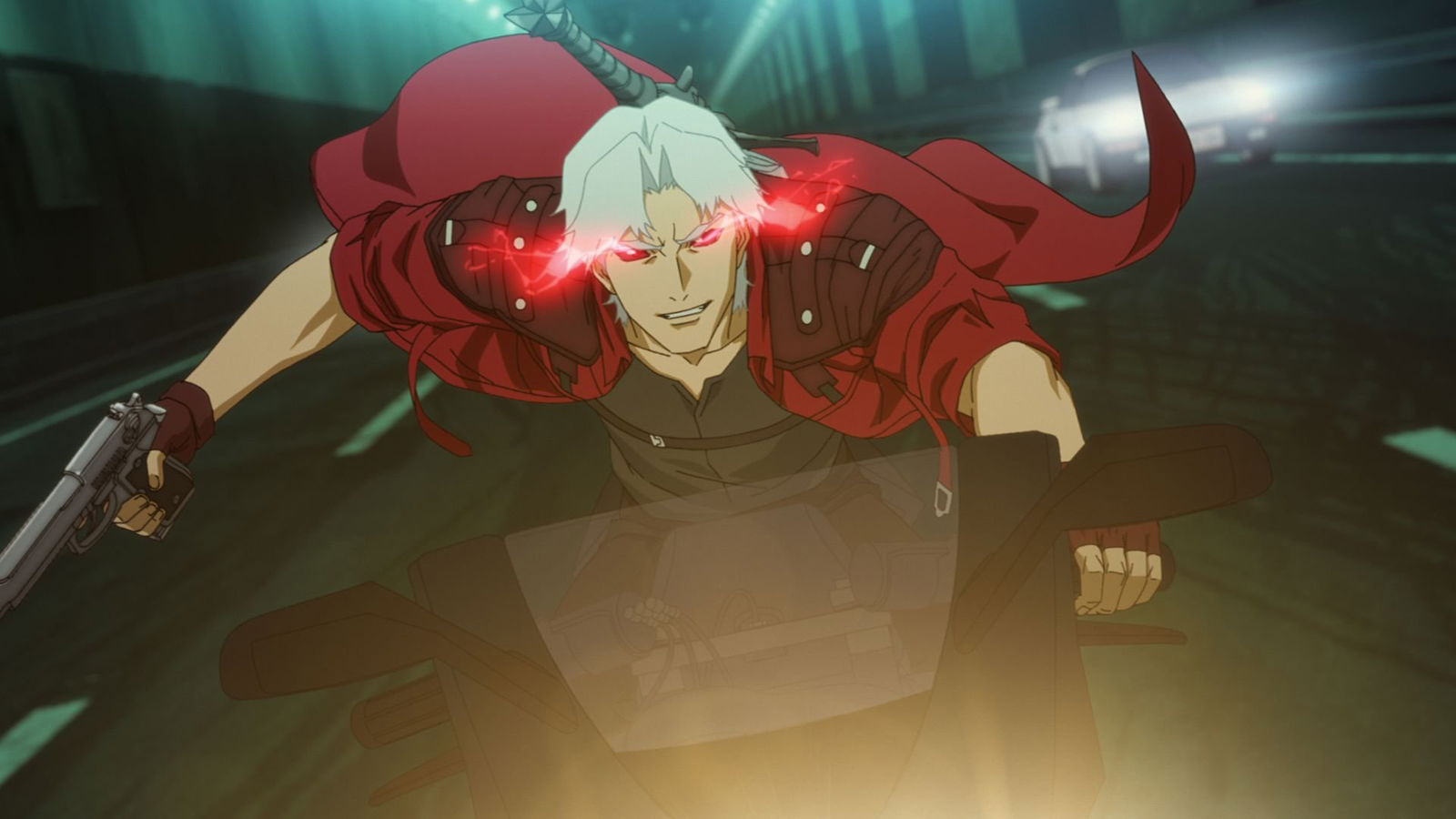
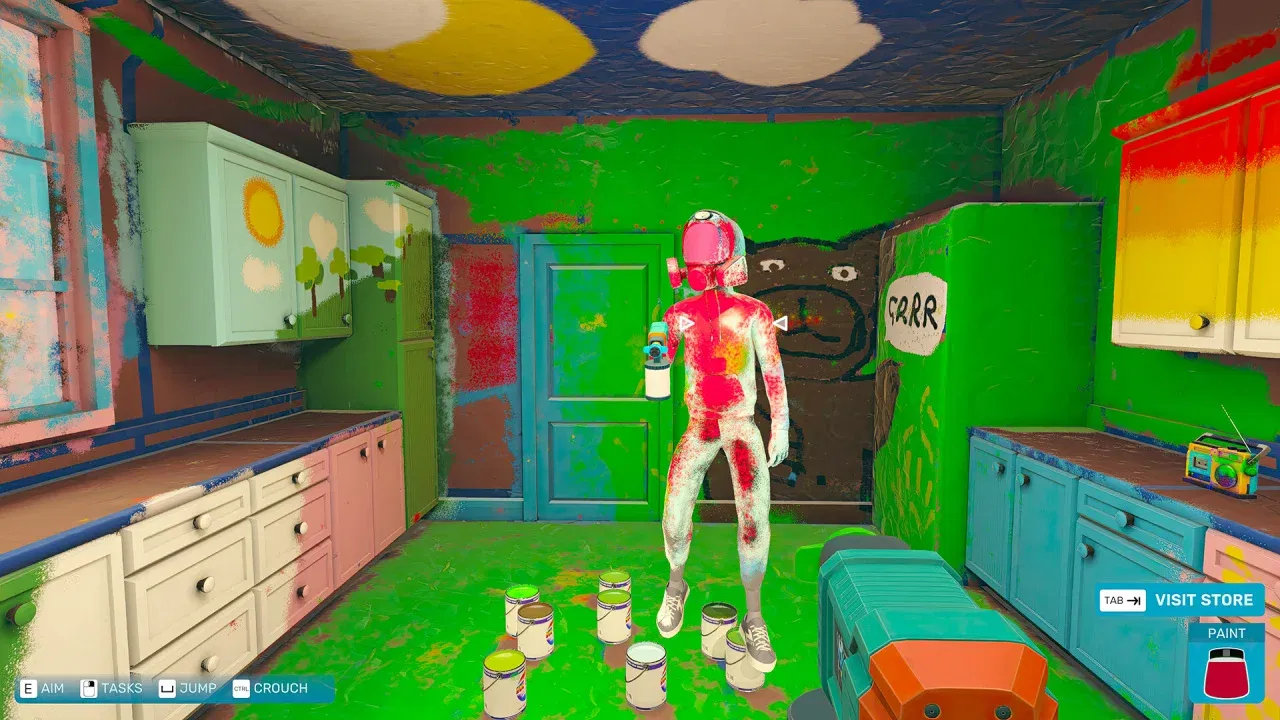
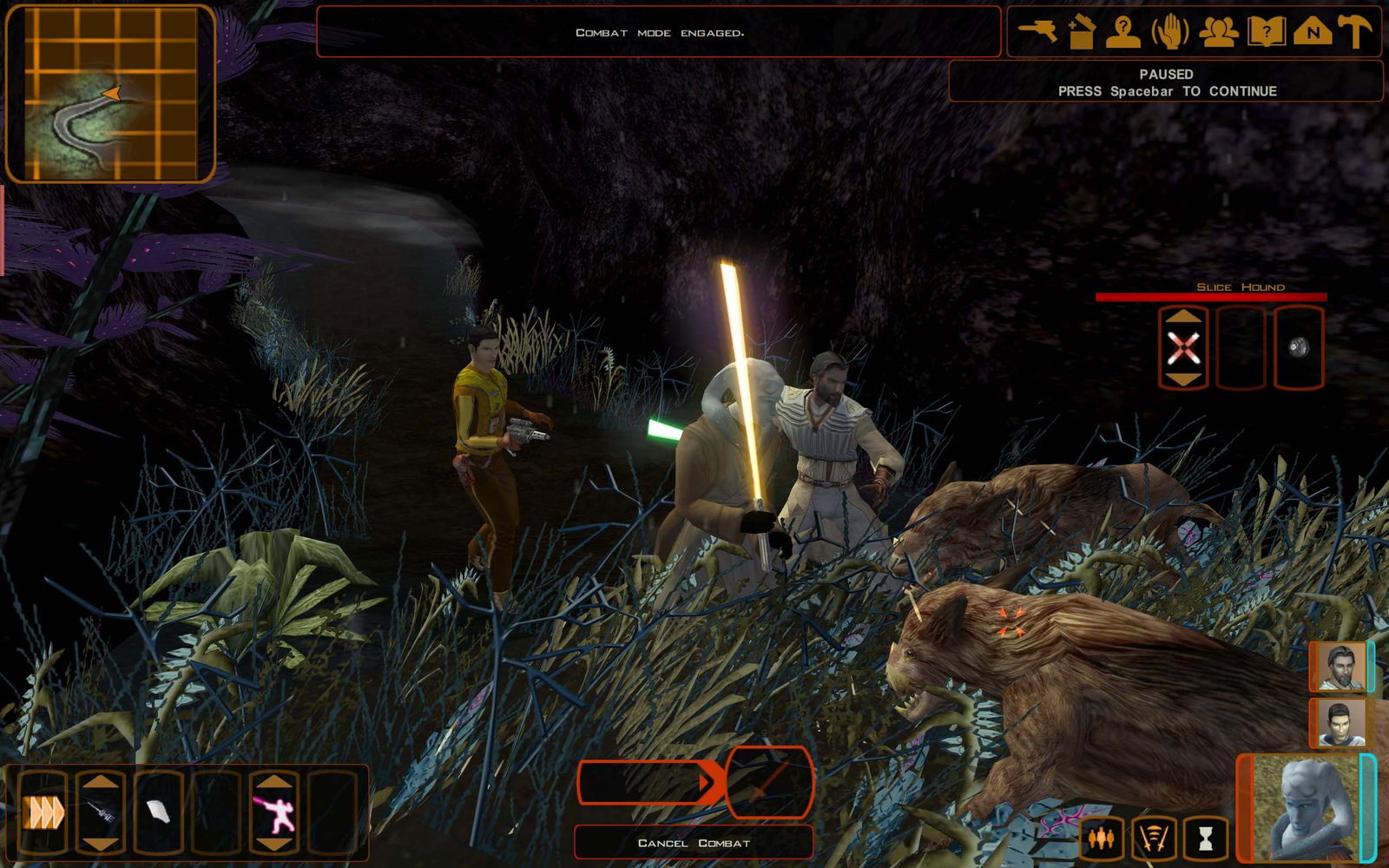
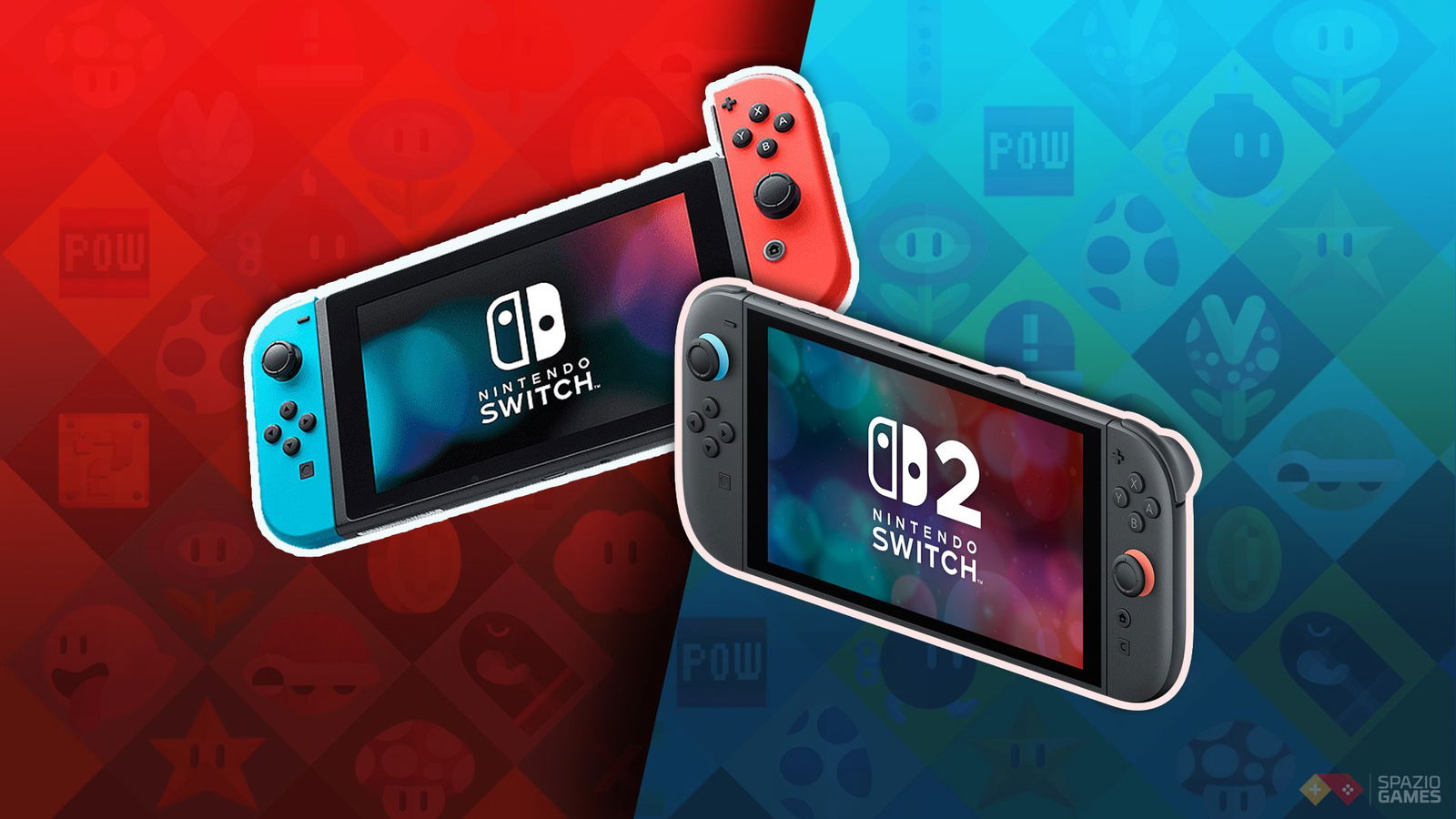








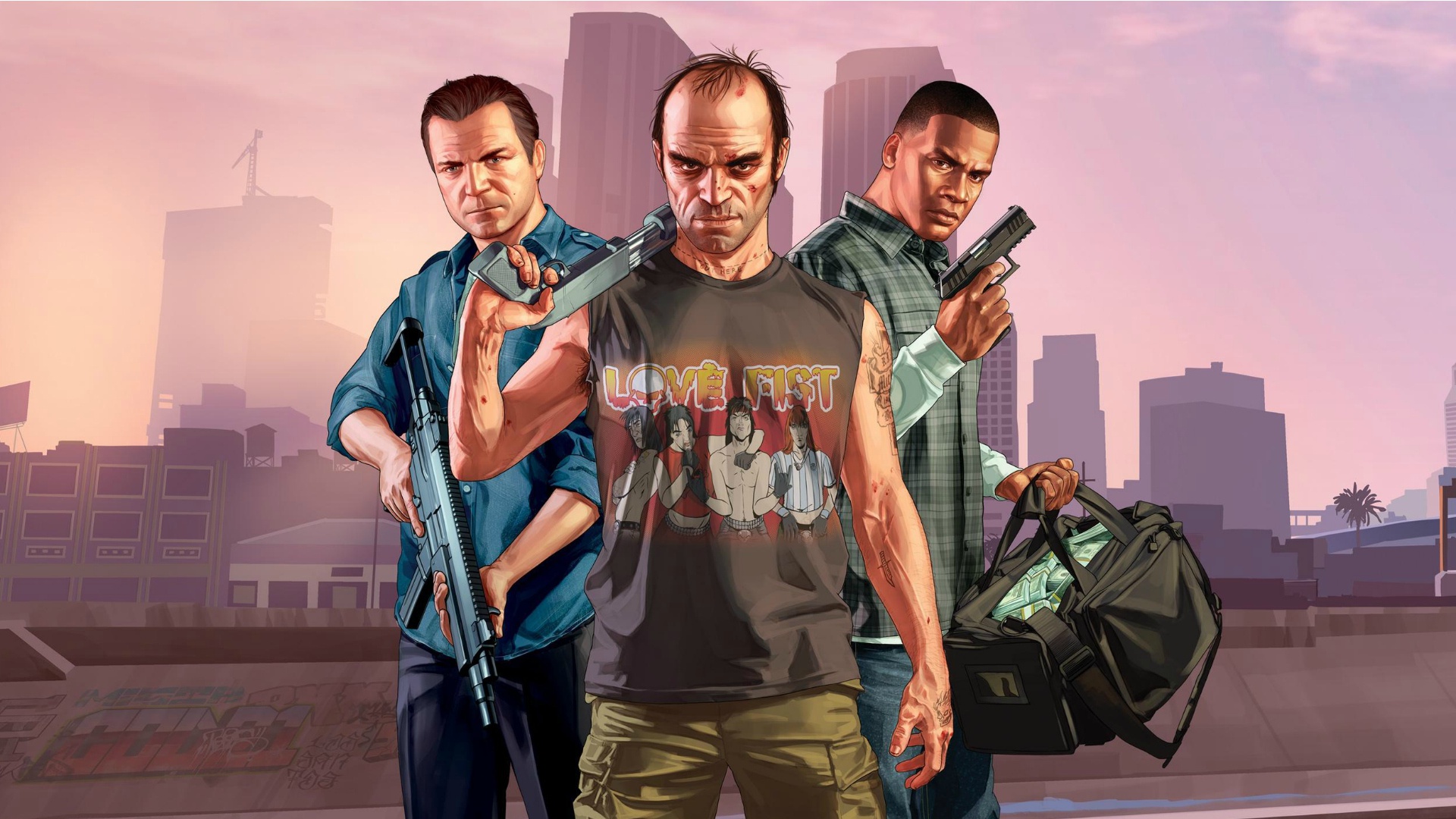


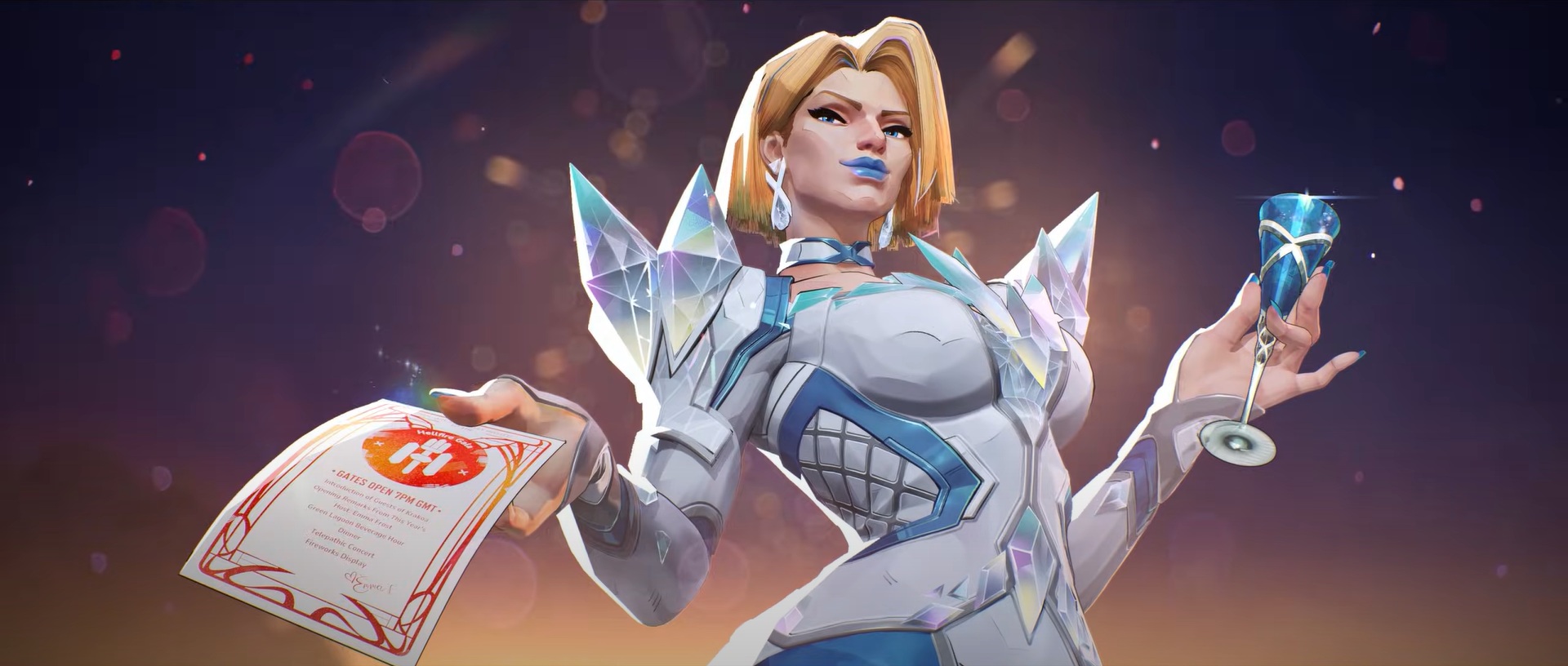

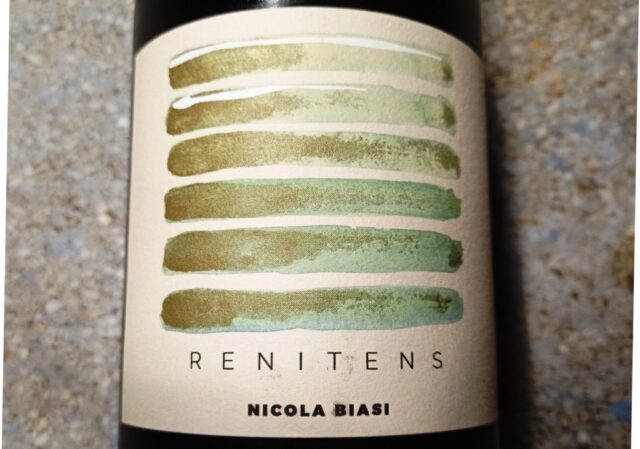
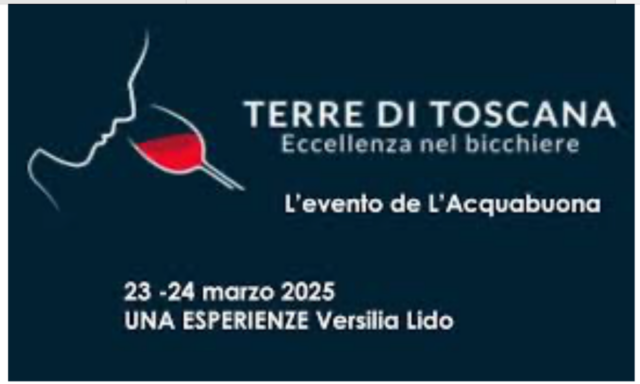





















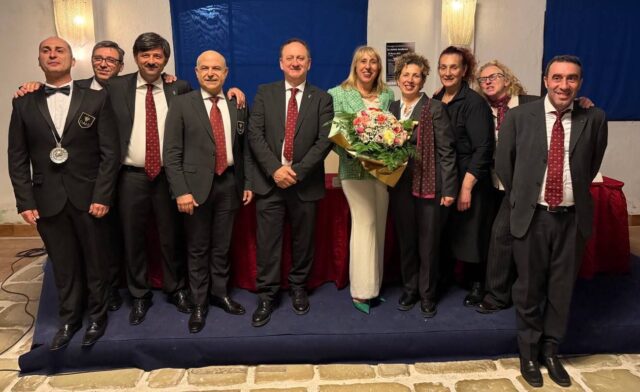
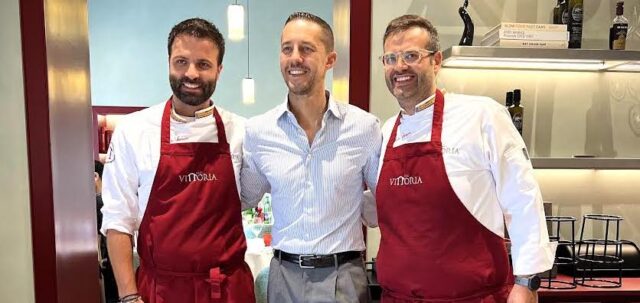




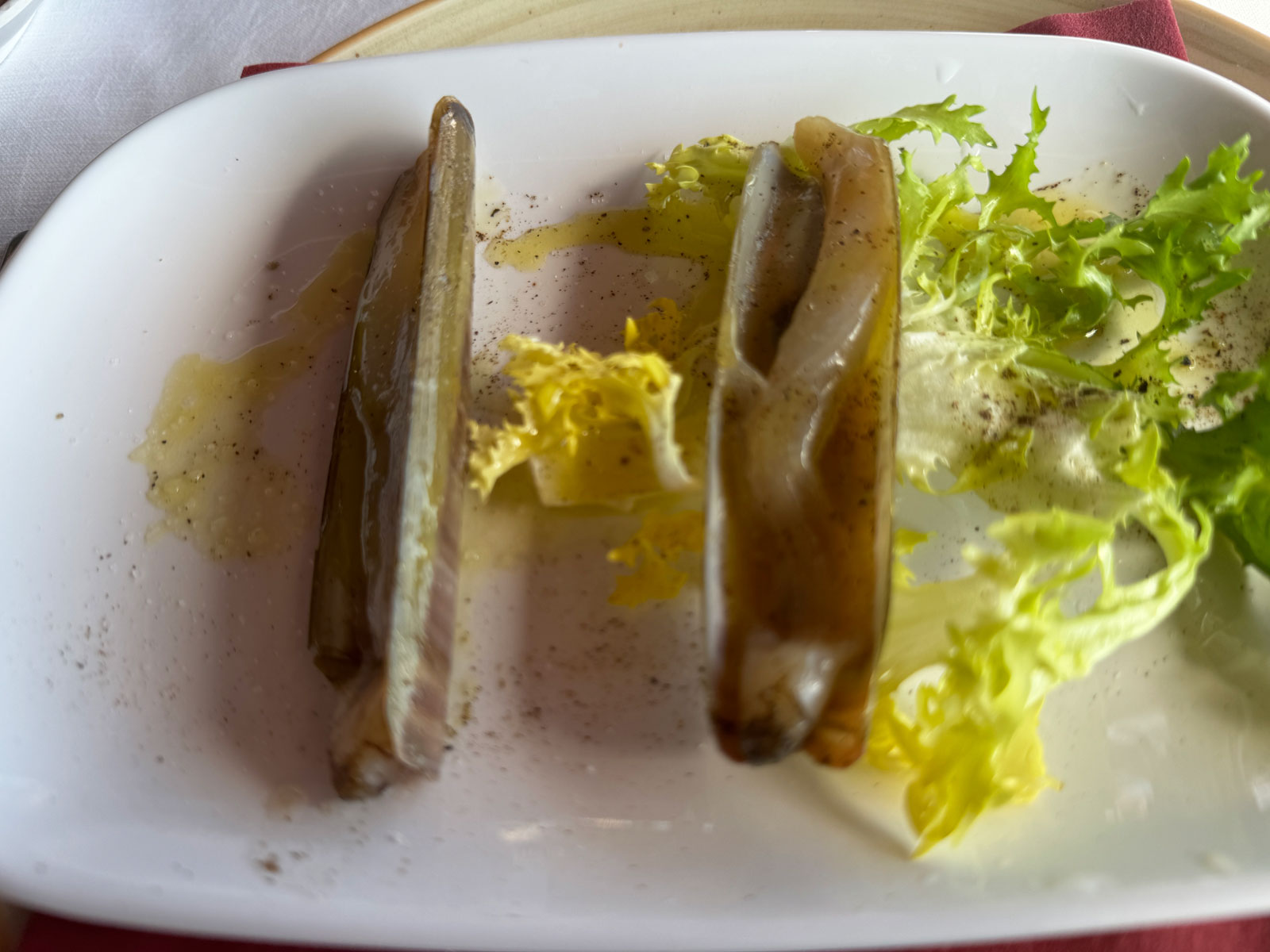














































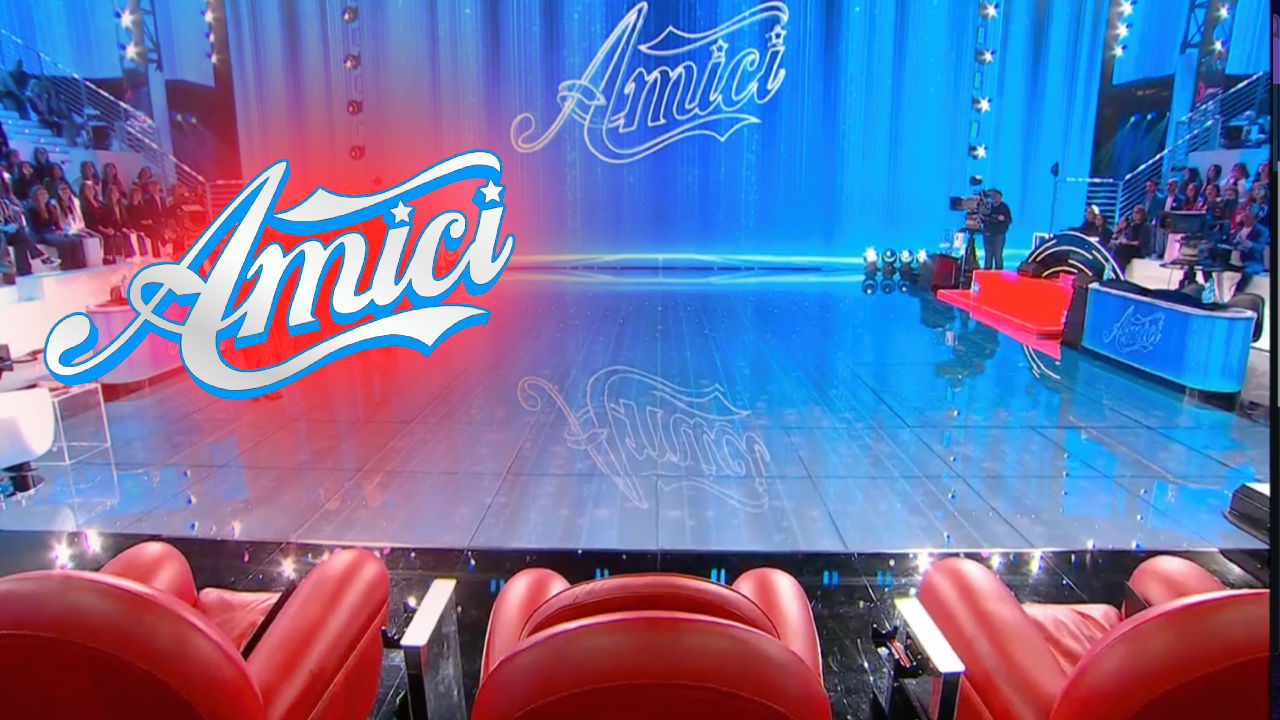
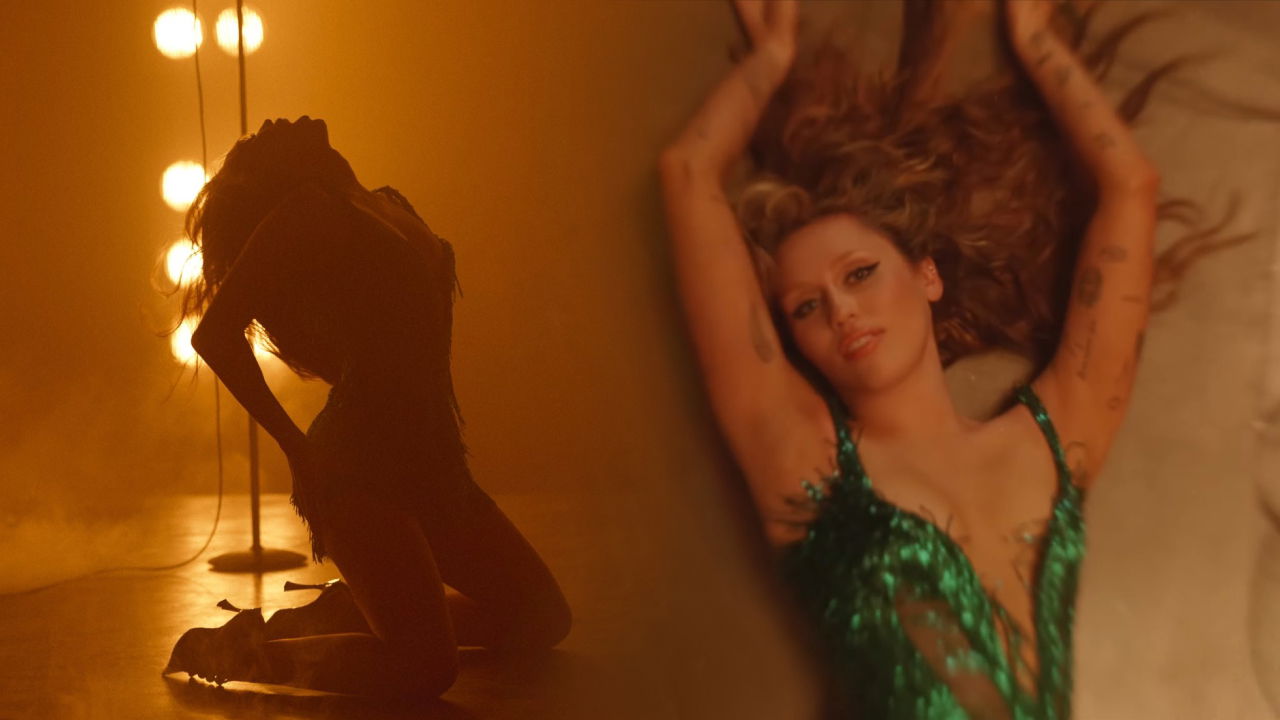



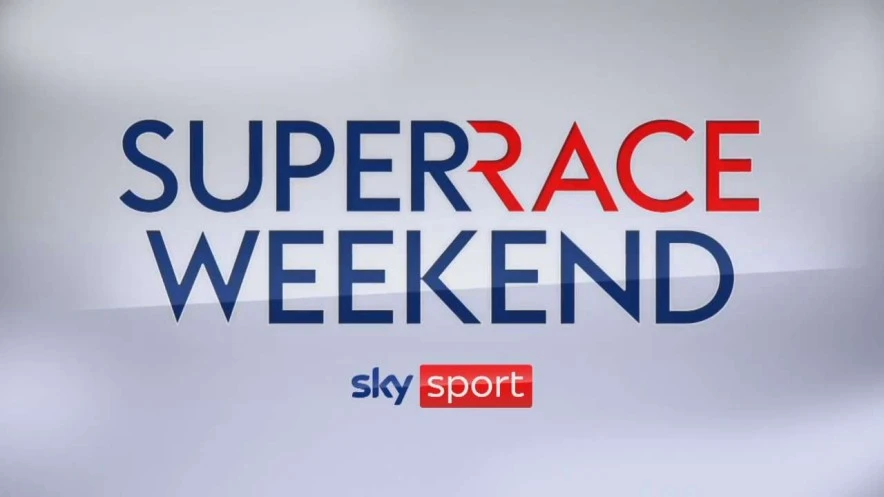


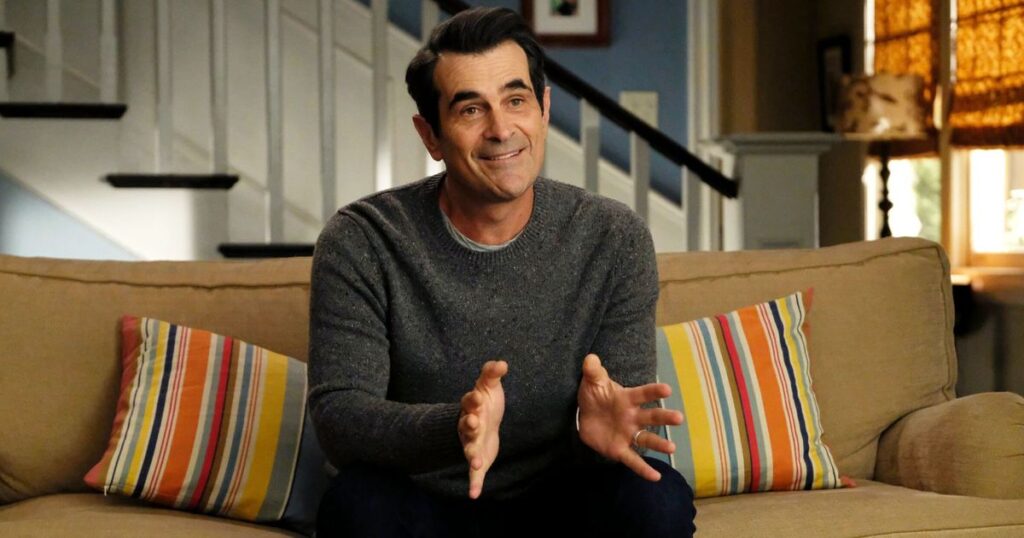
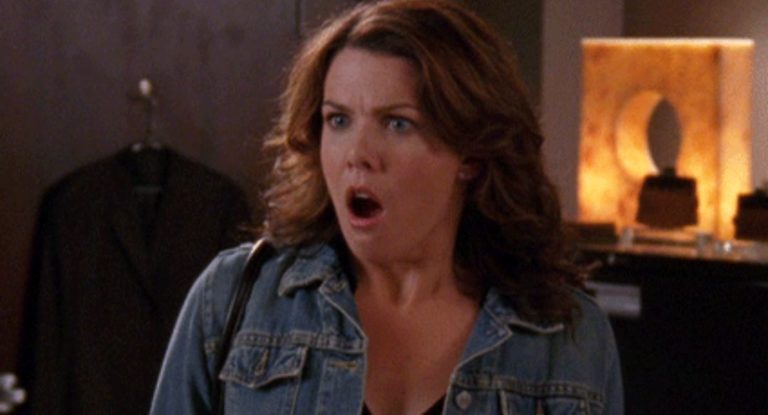










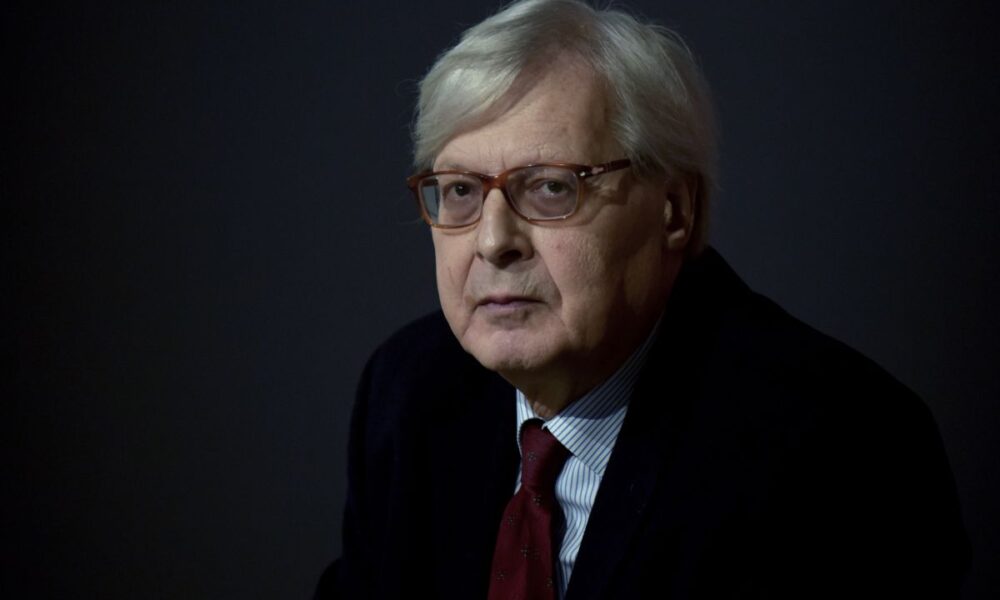

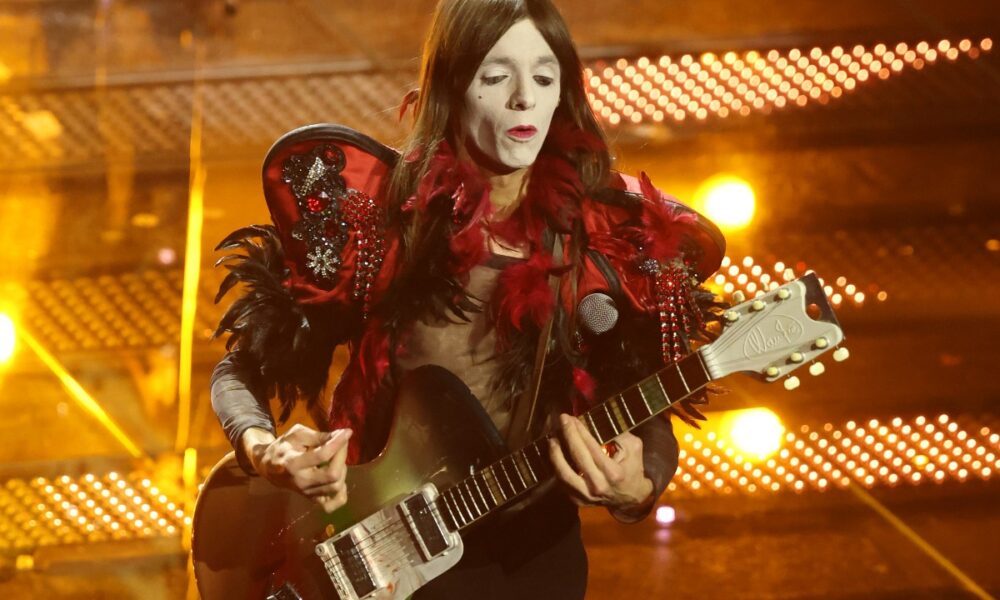
![Superman: il nuovo Trailer del film di James Gunn [VIDEO]](https://www.lascimmiapensa.com/wp-content/uploads/2025/04/superman.jpg)
![M3GAN 2.0: il Trailer del sequel del film del 2022 [VIDEO]](https://www.lascimmiapensa.com/wp-content/uploads/2025/04/m3gan.jpg)








